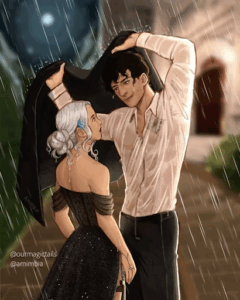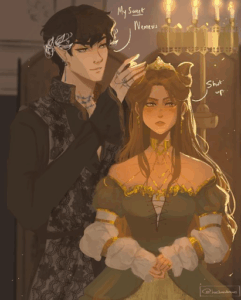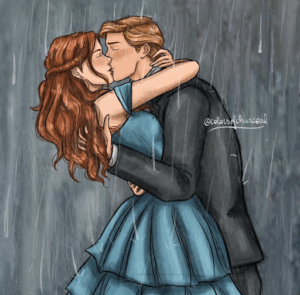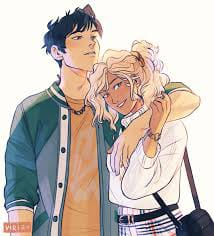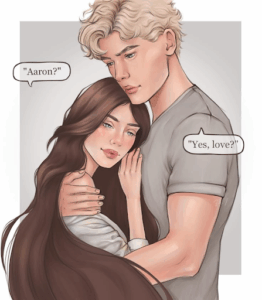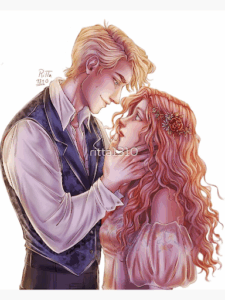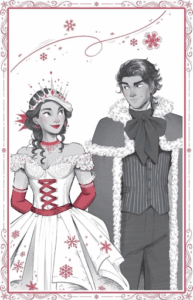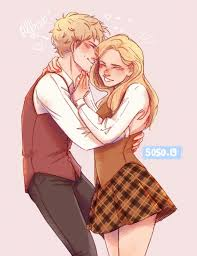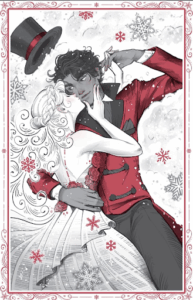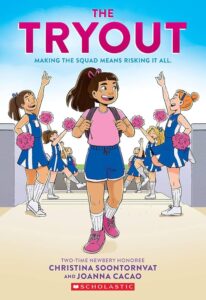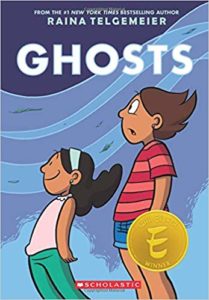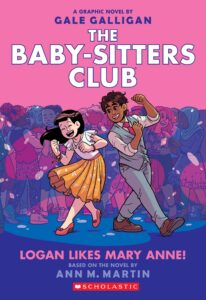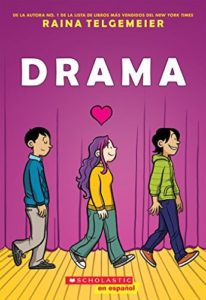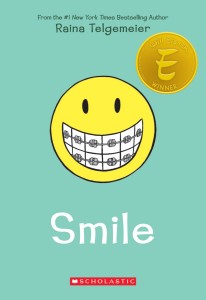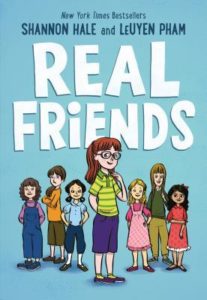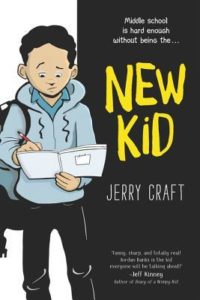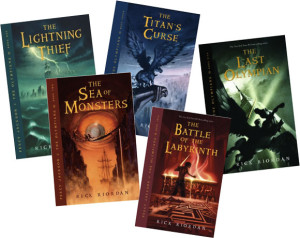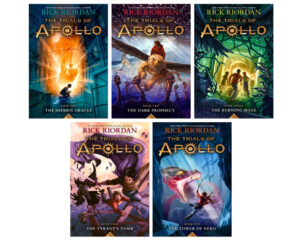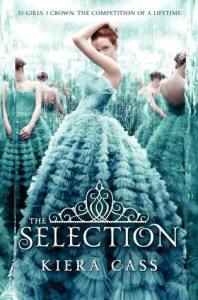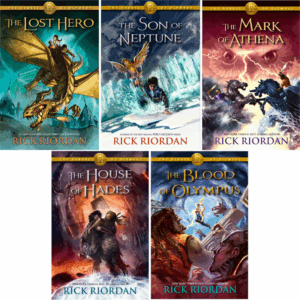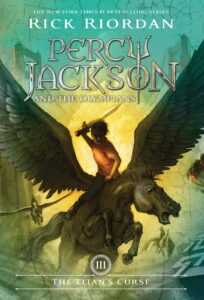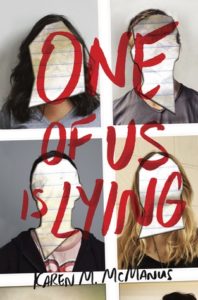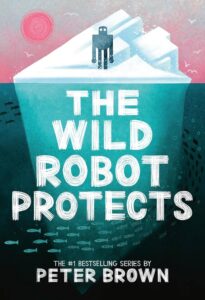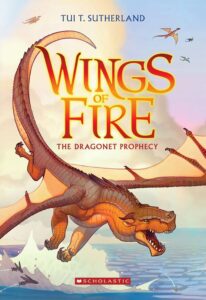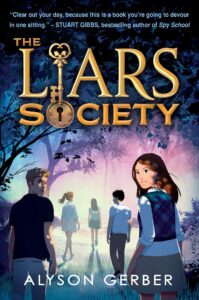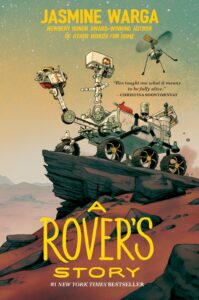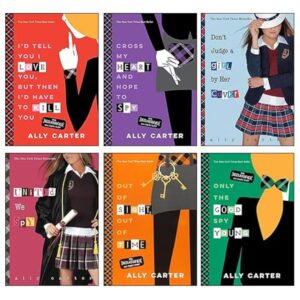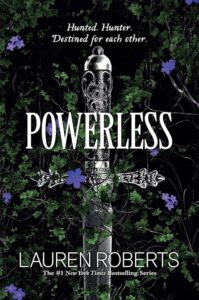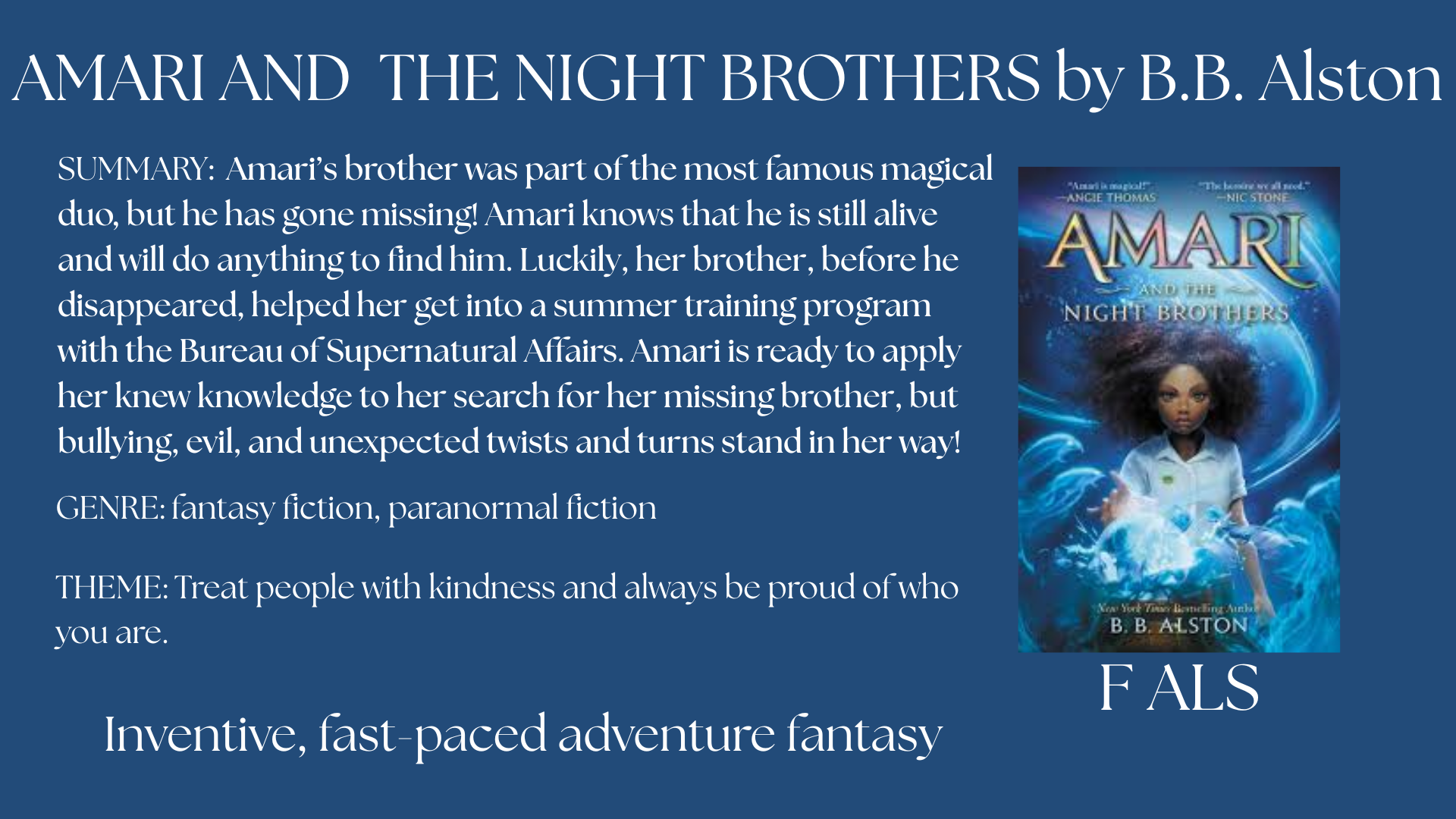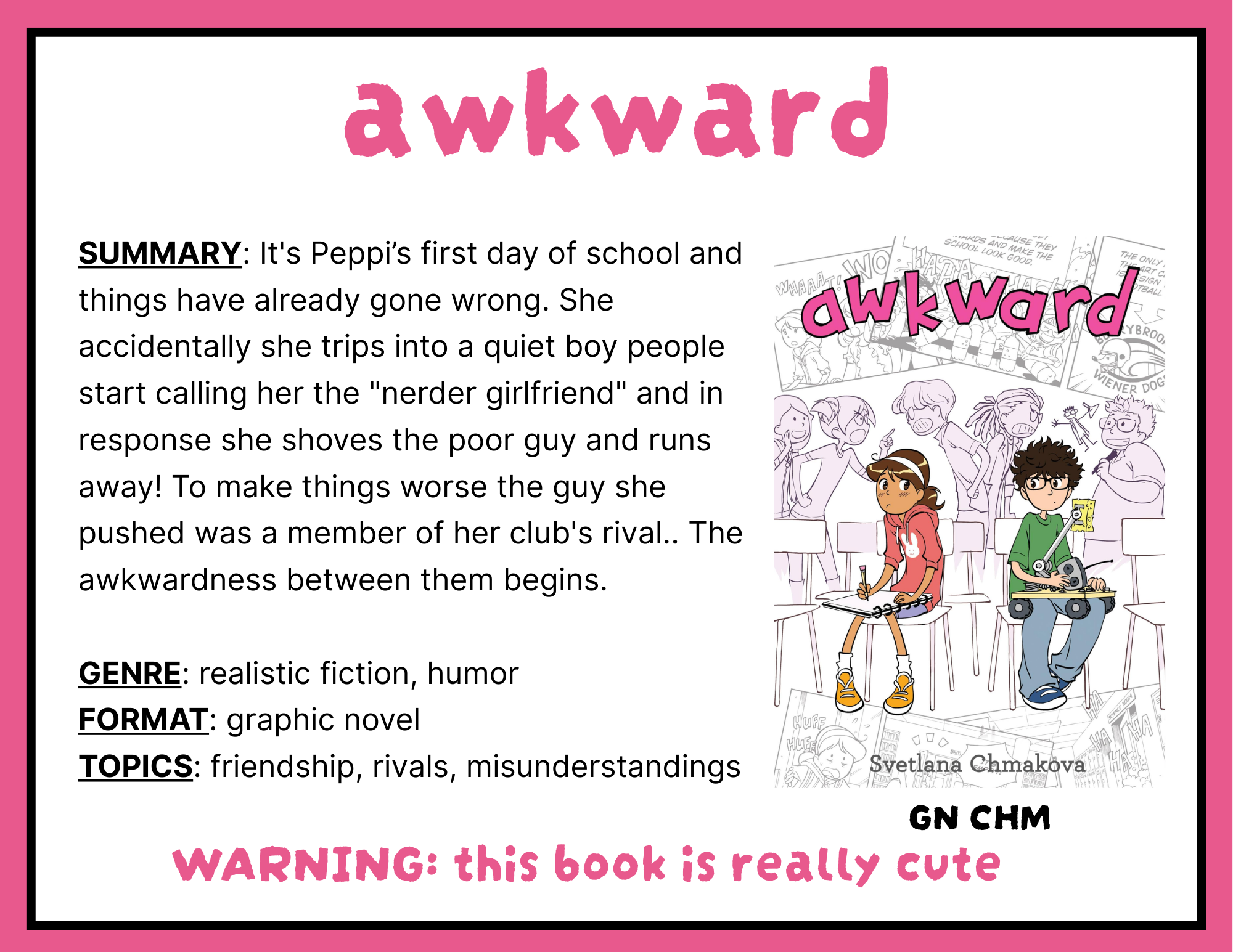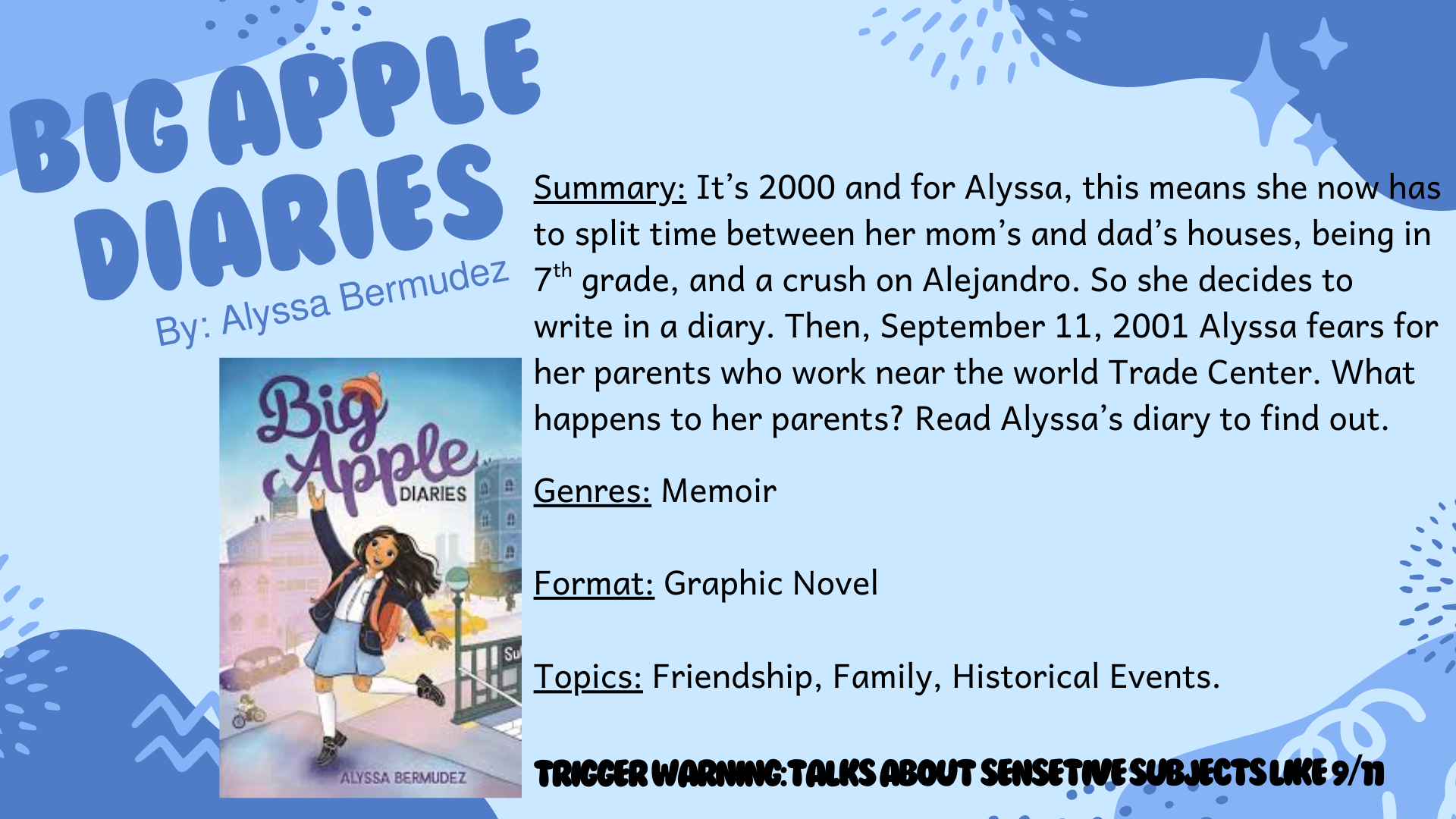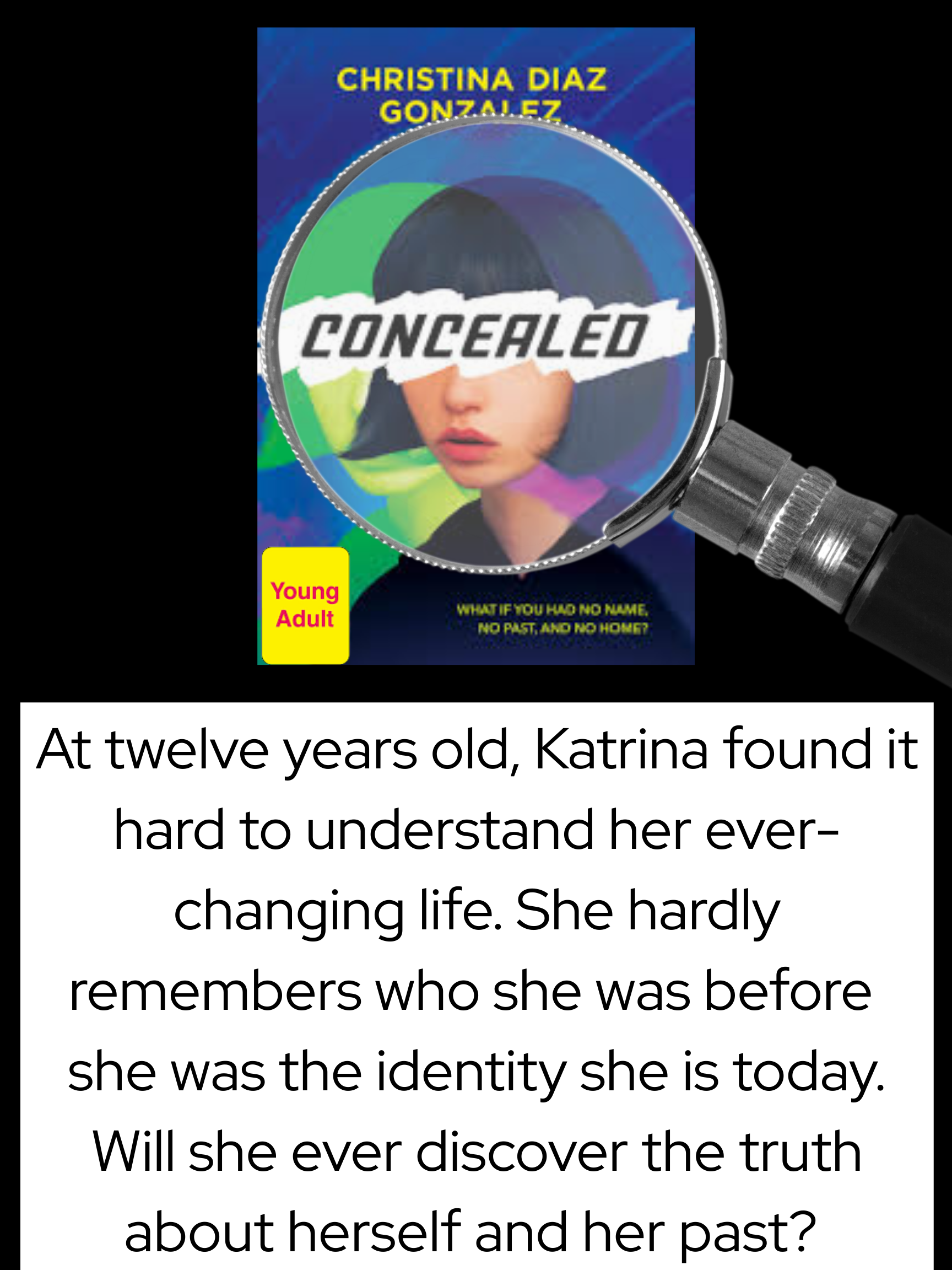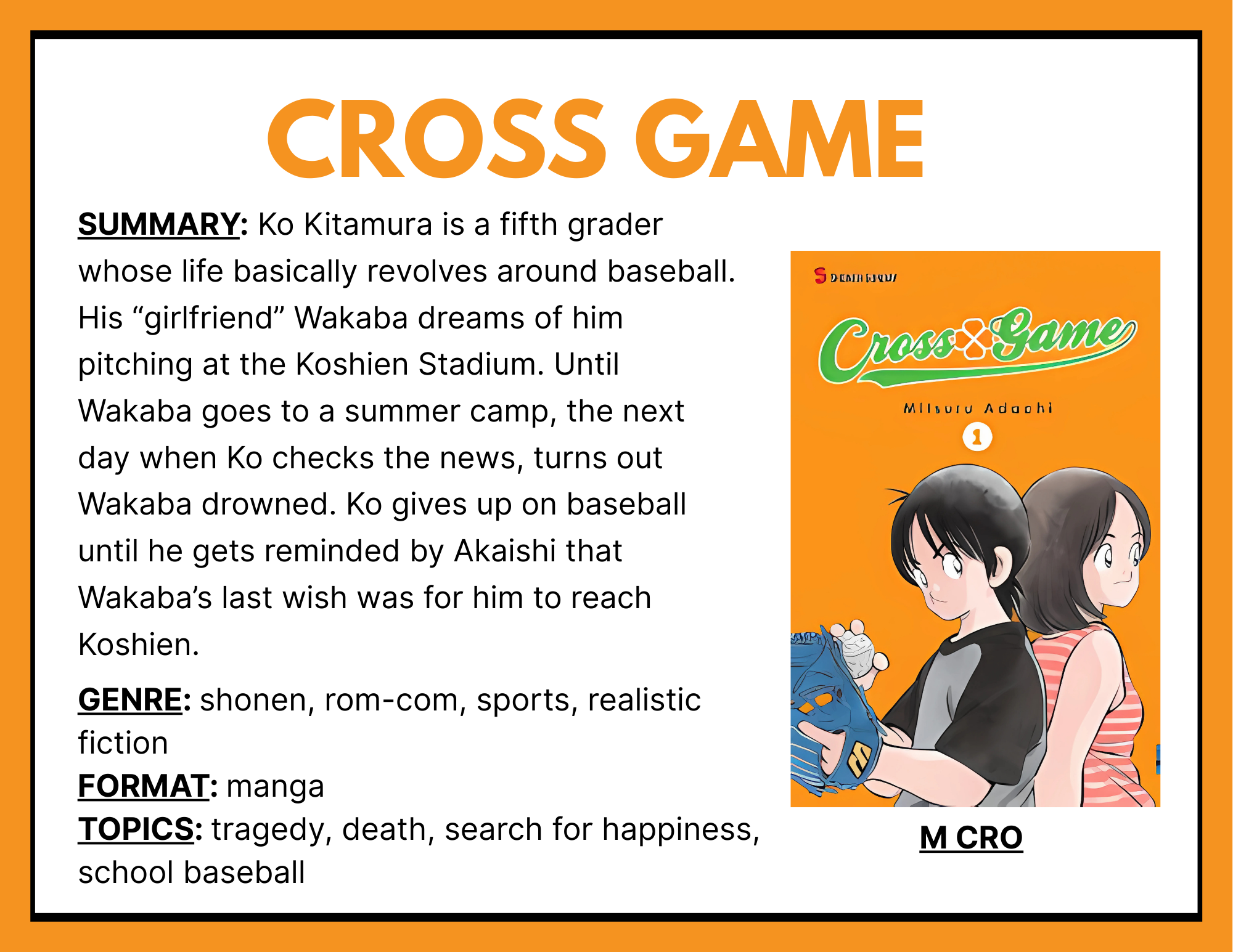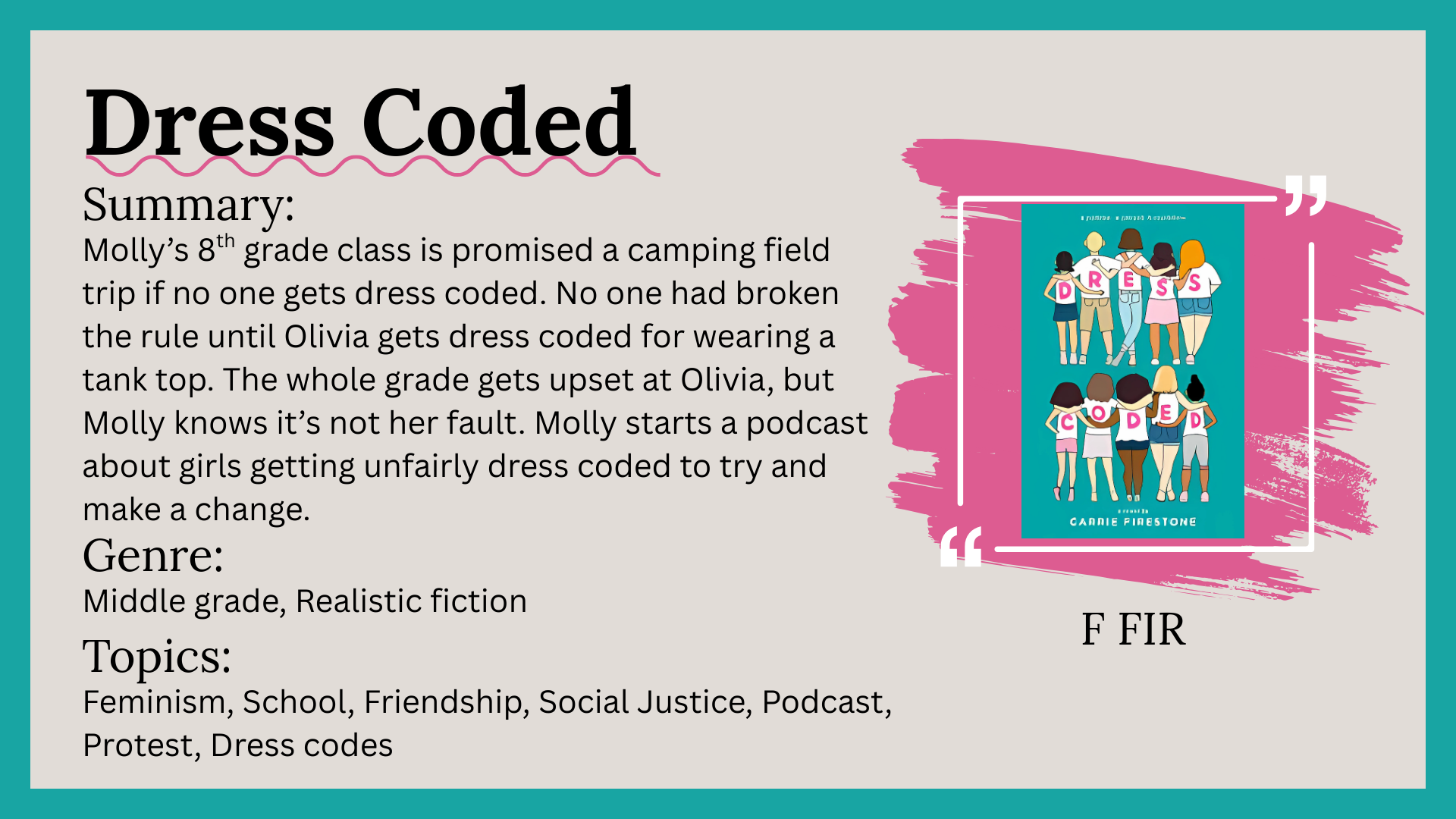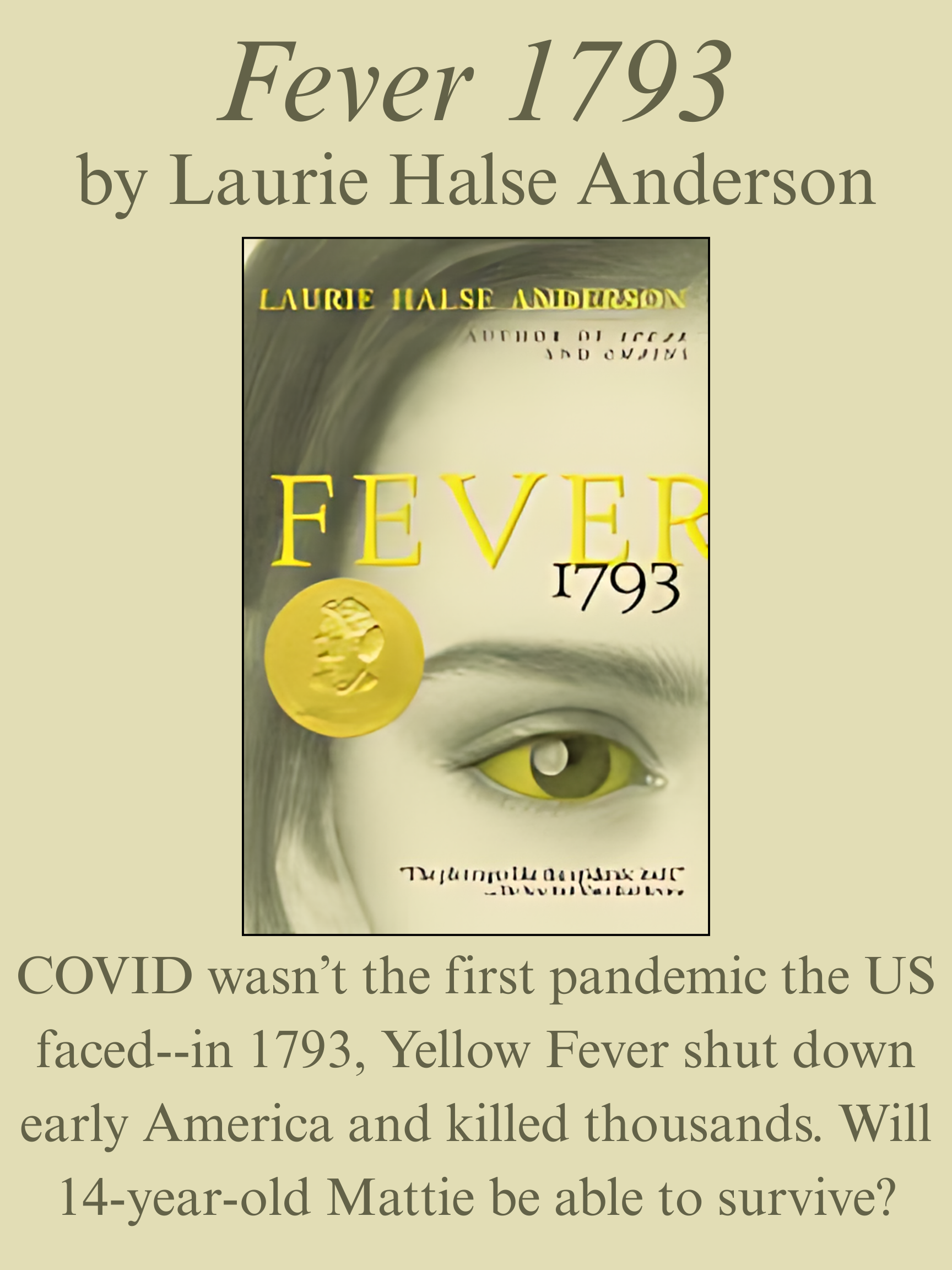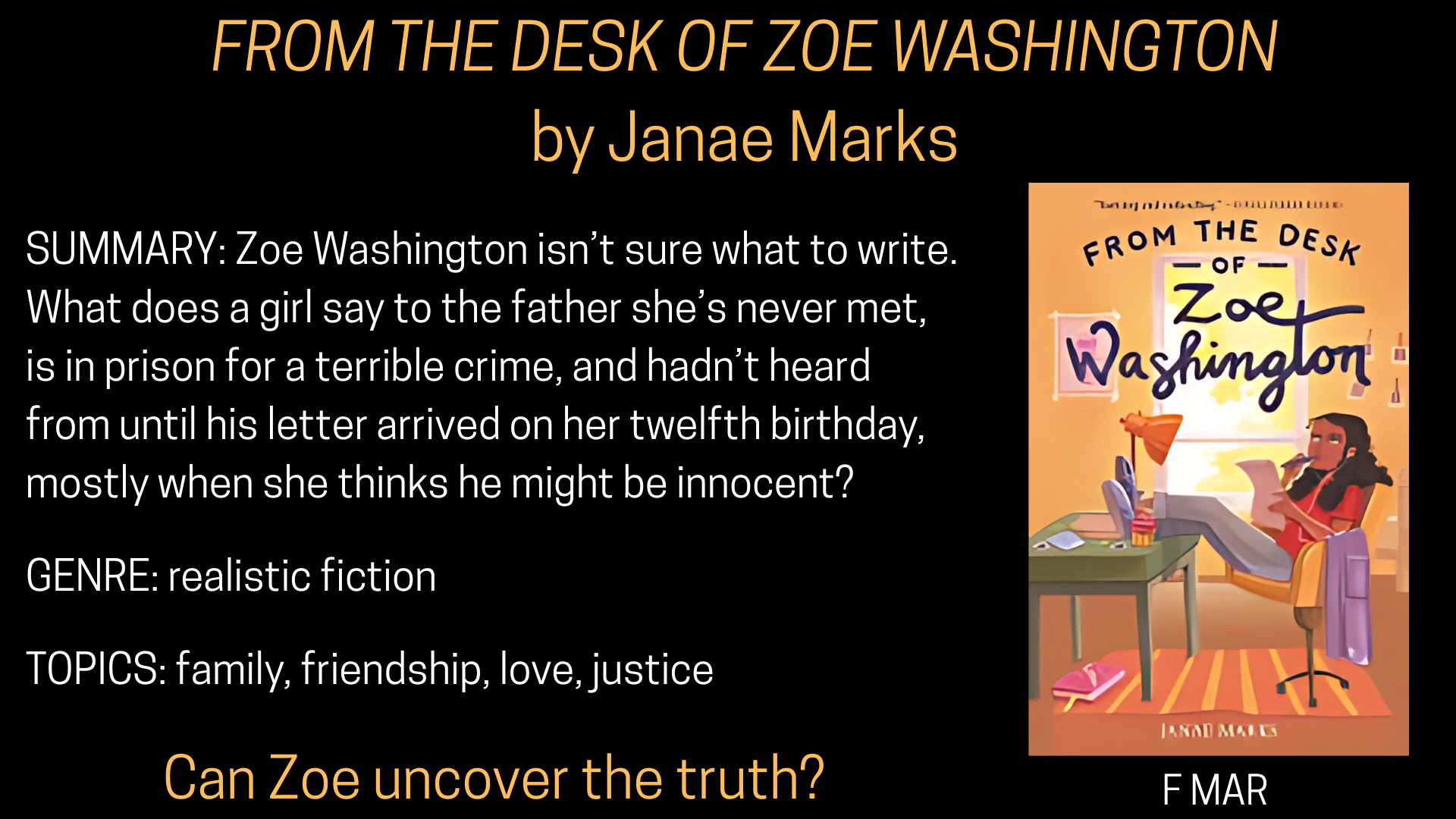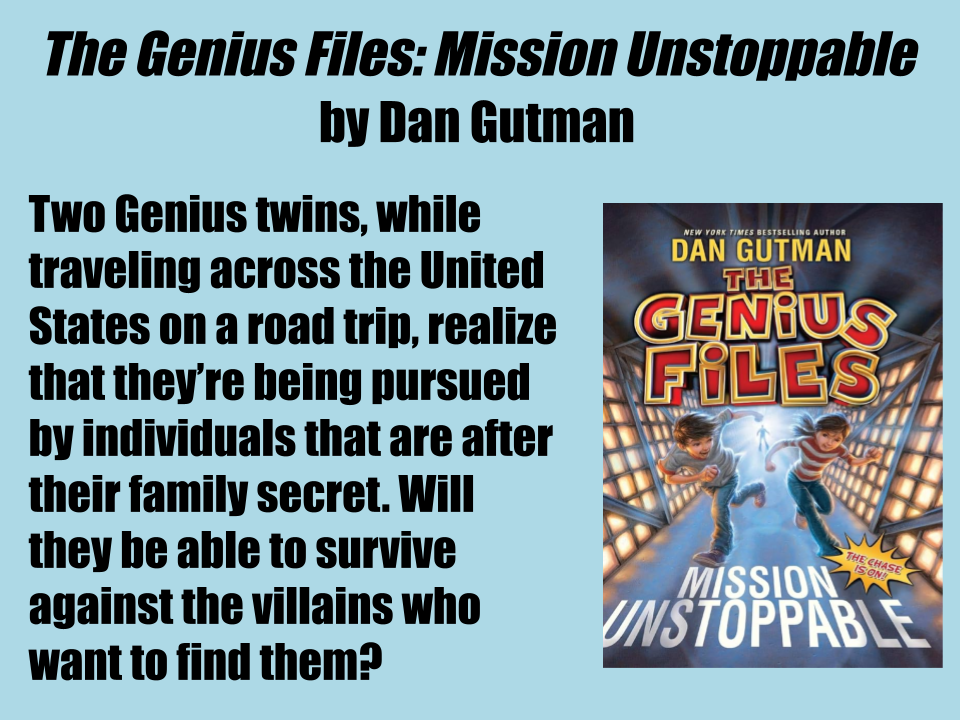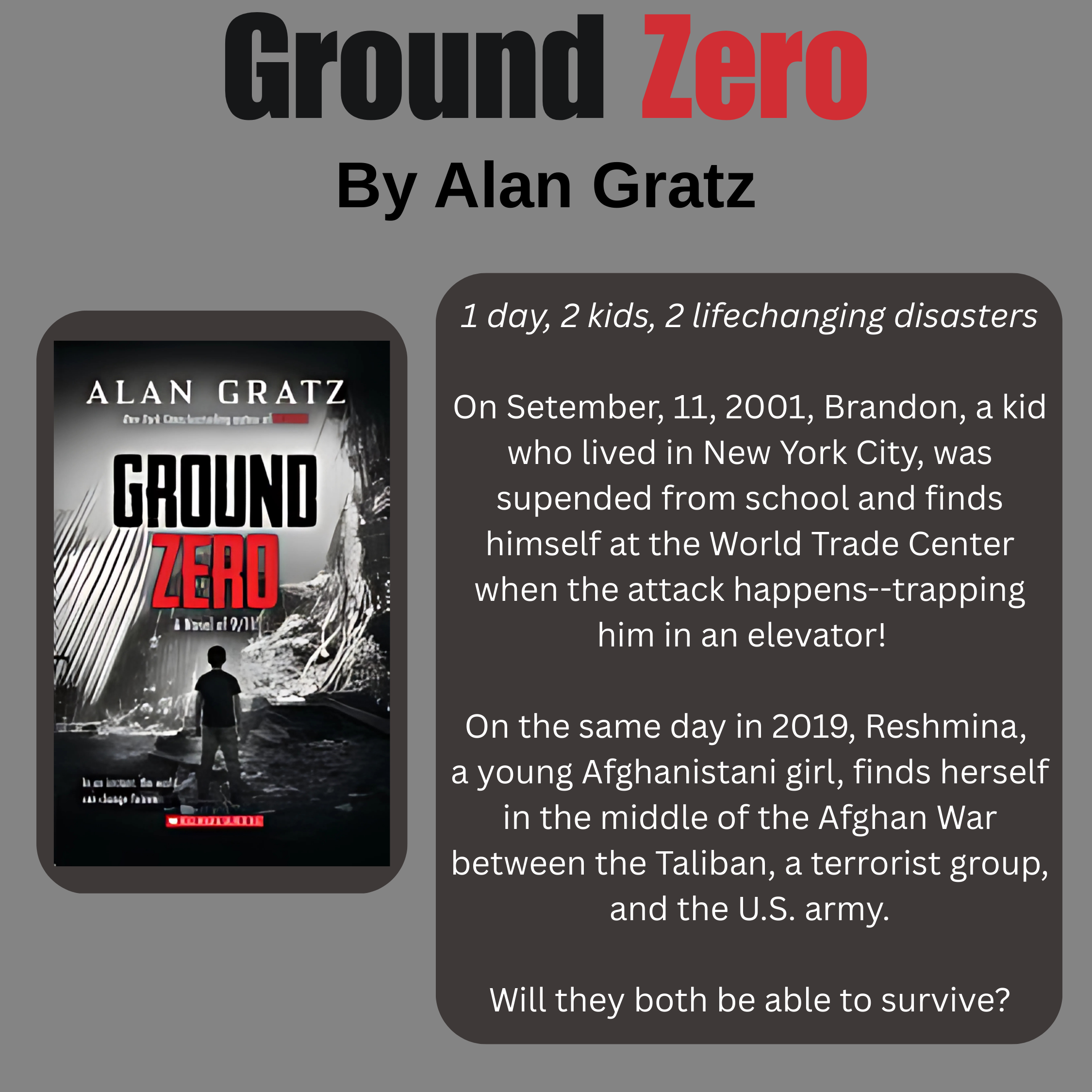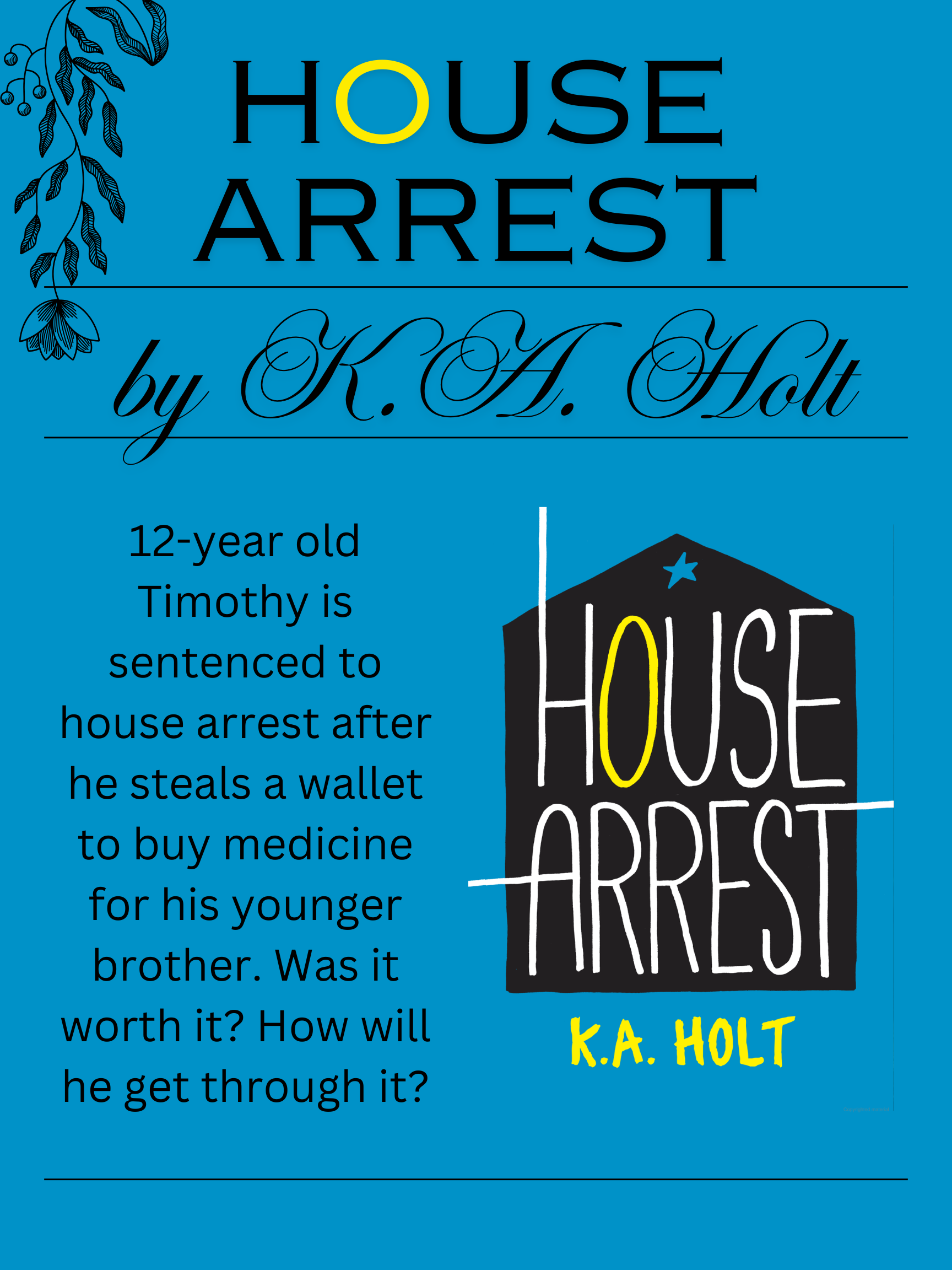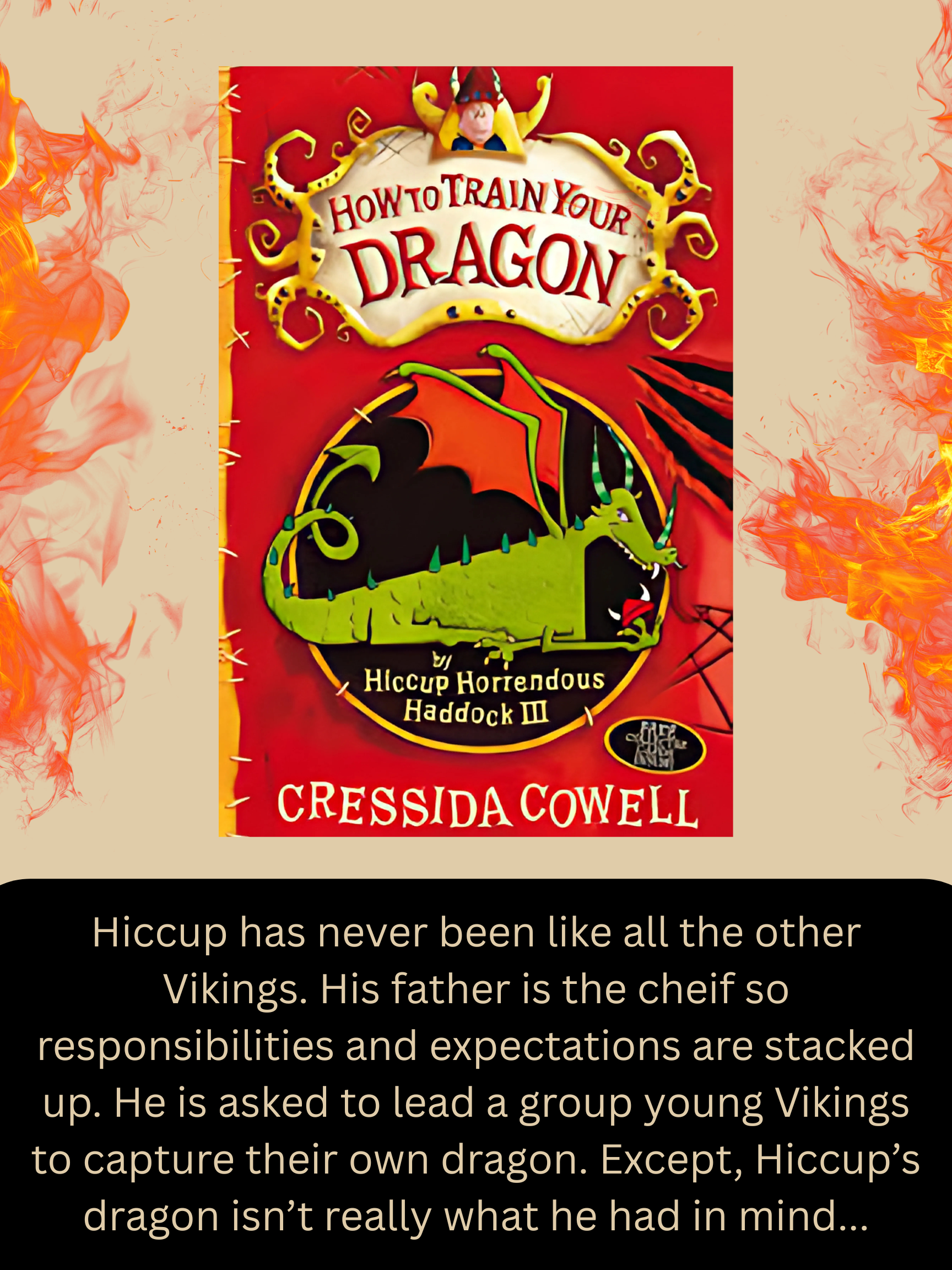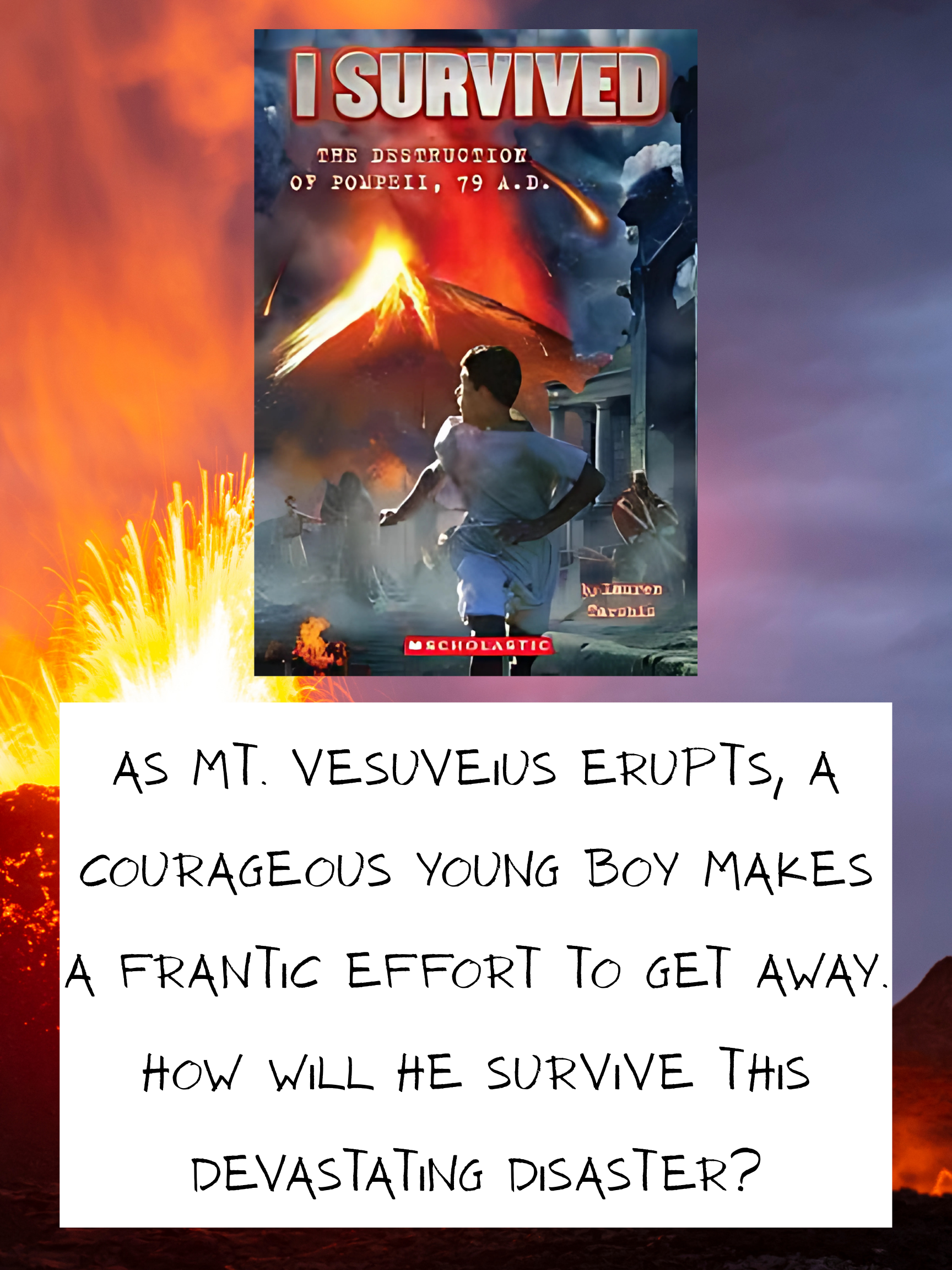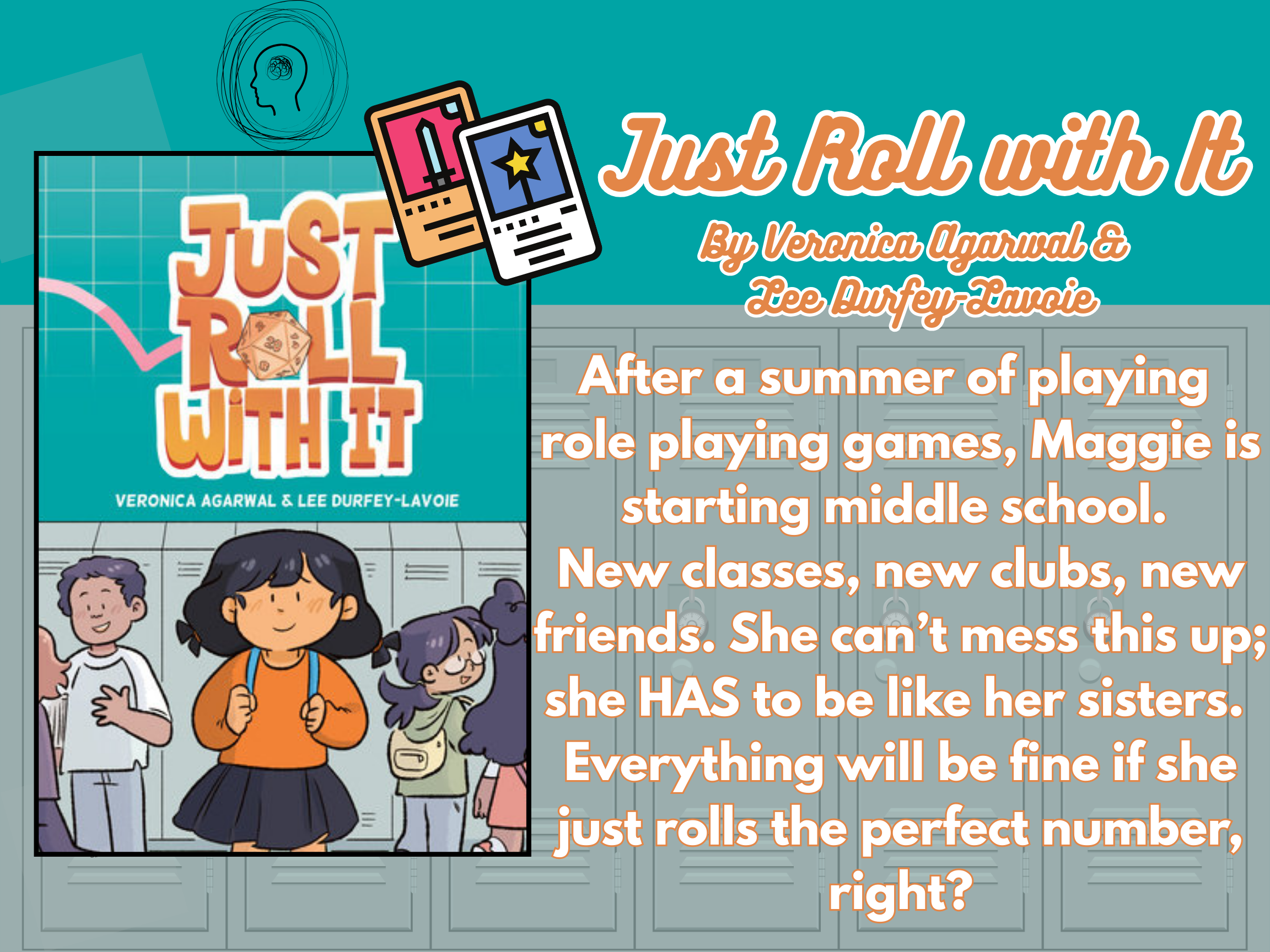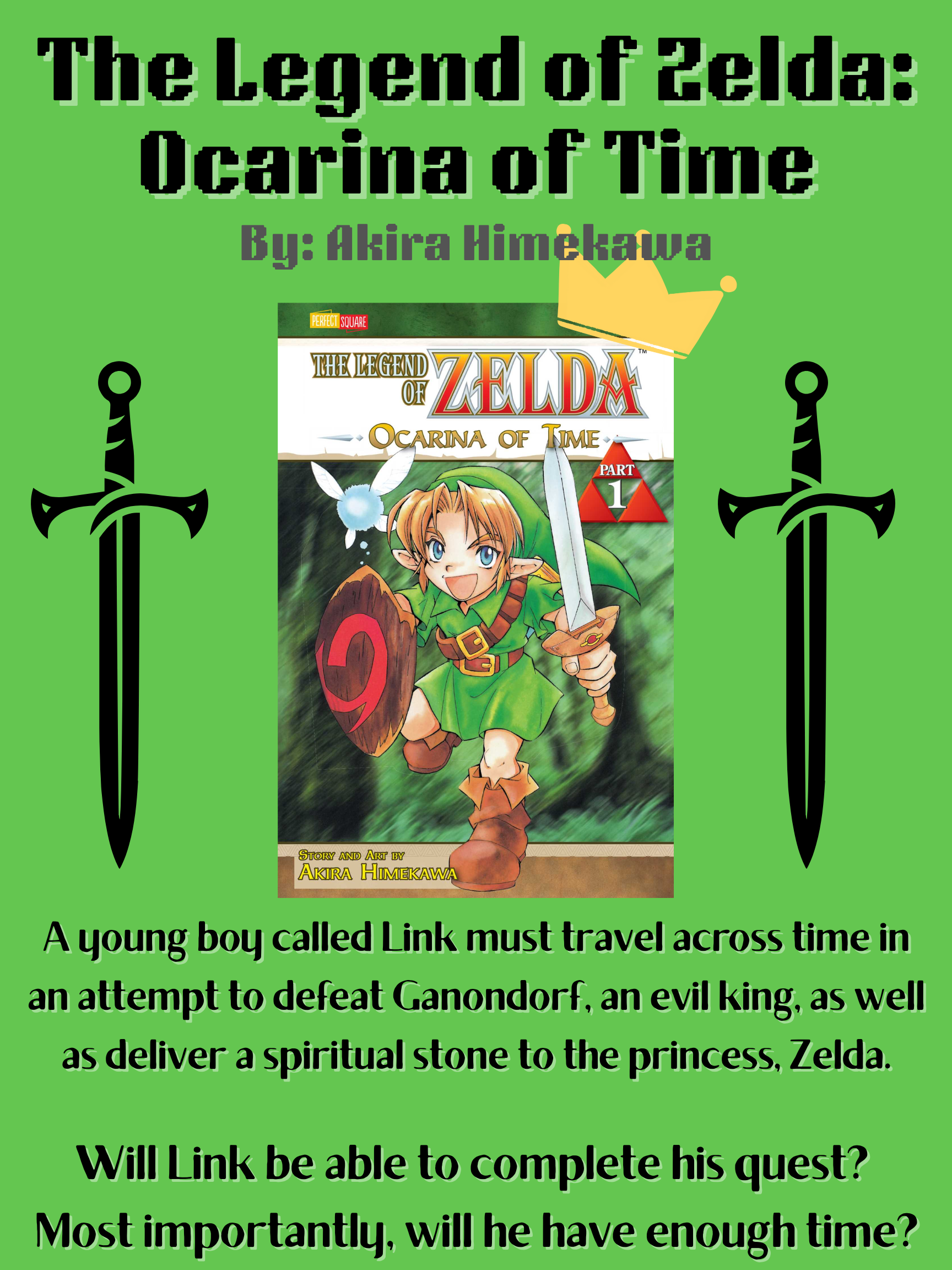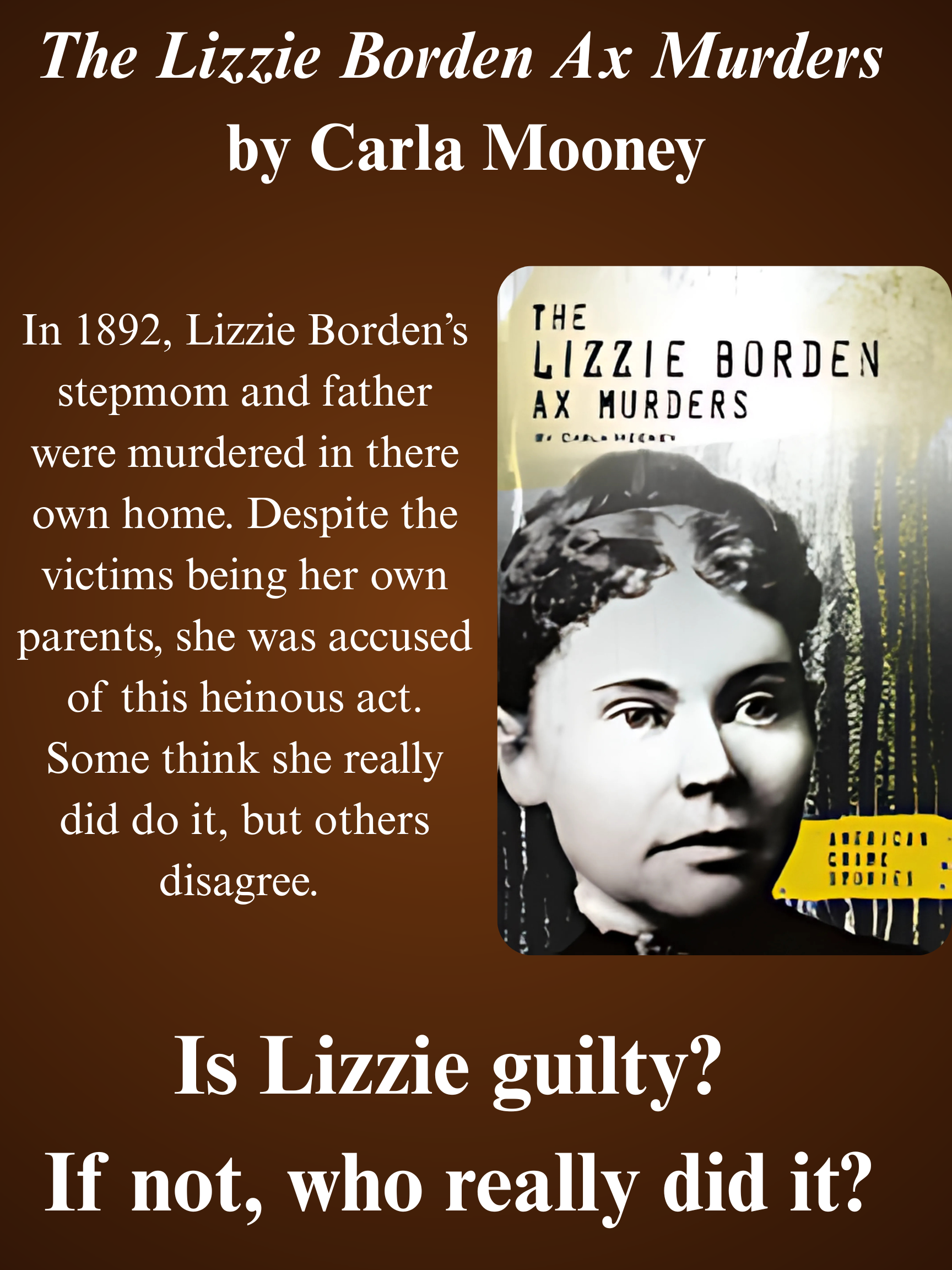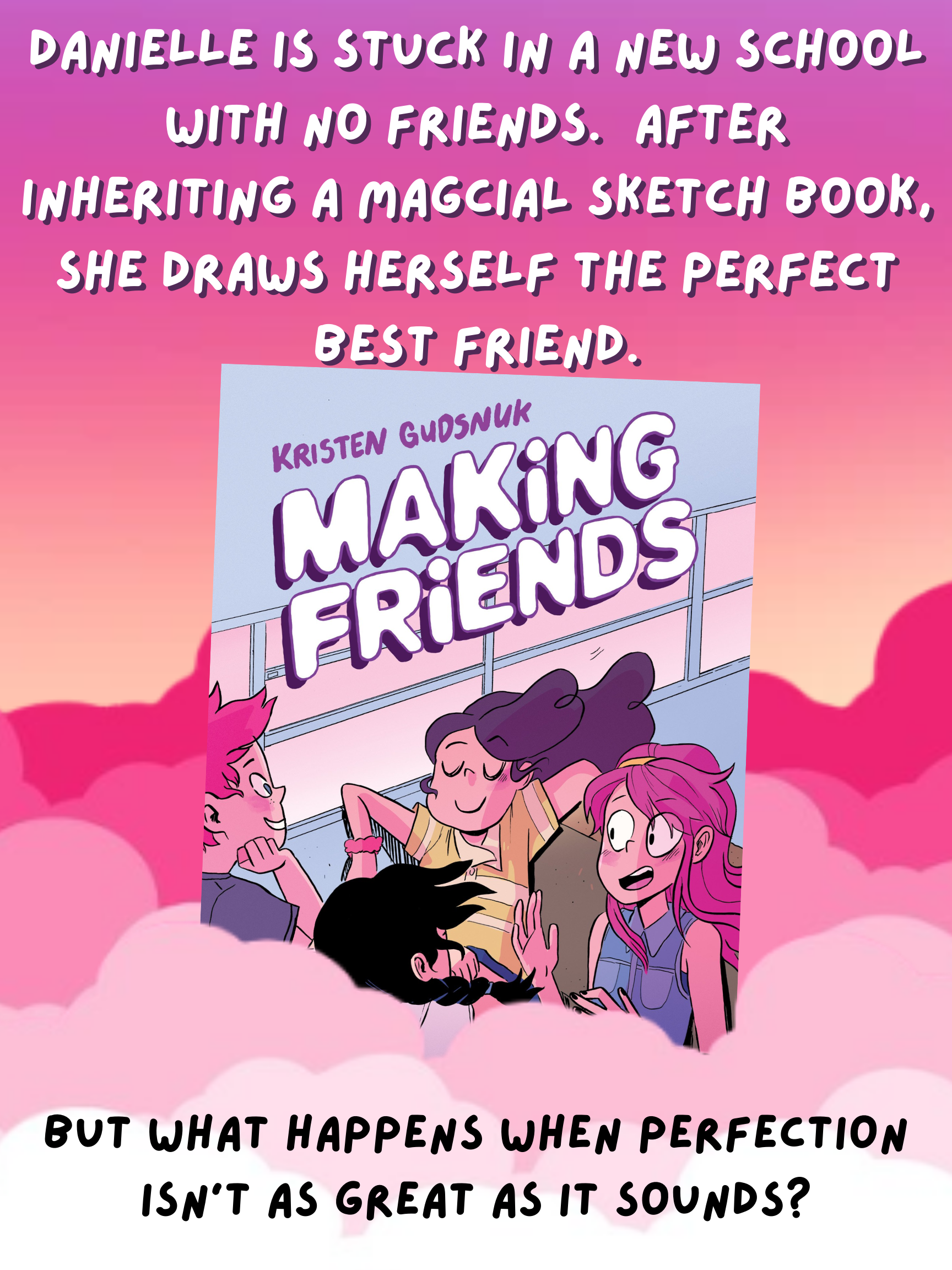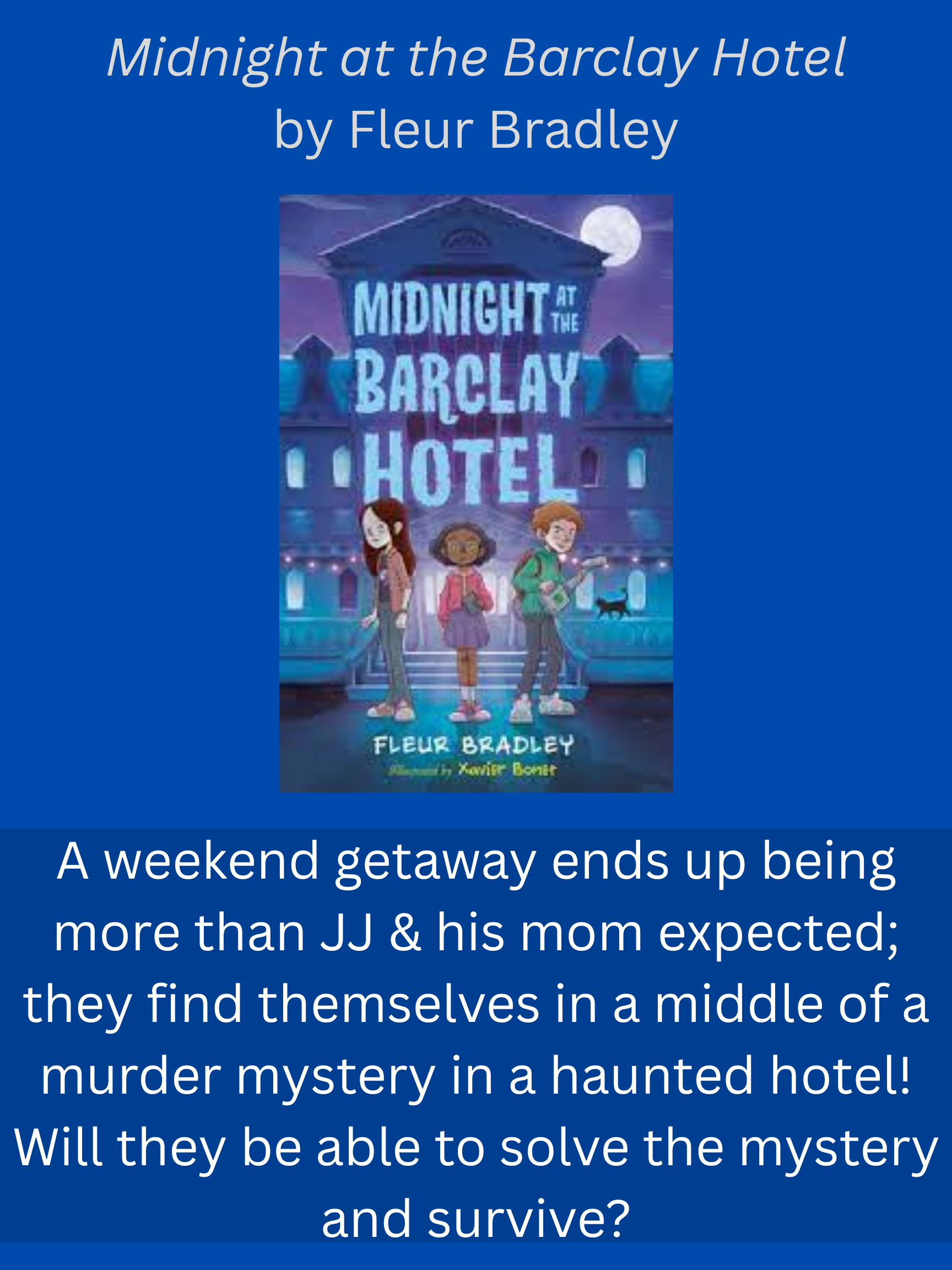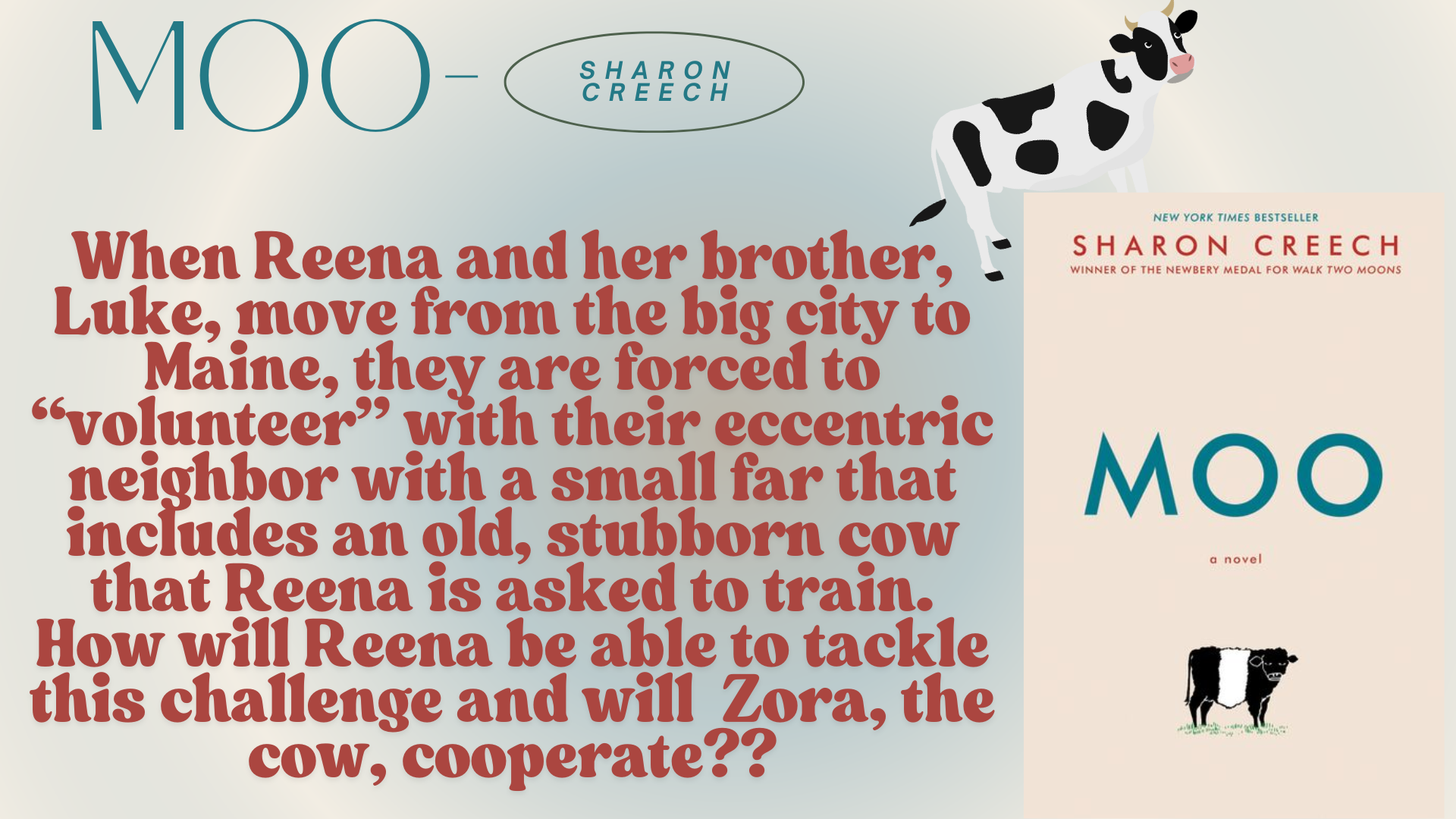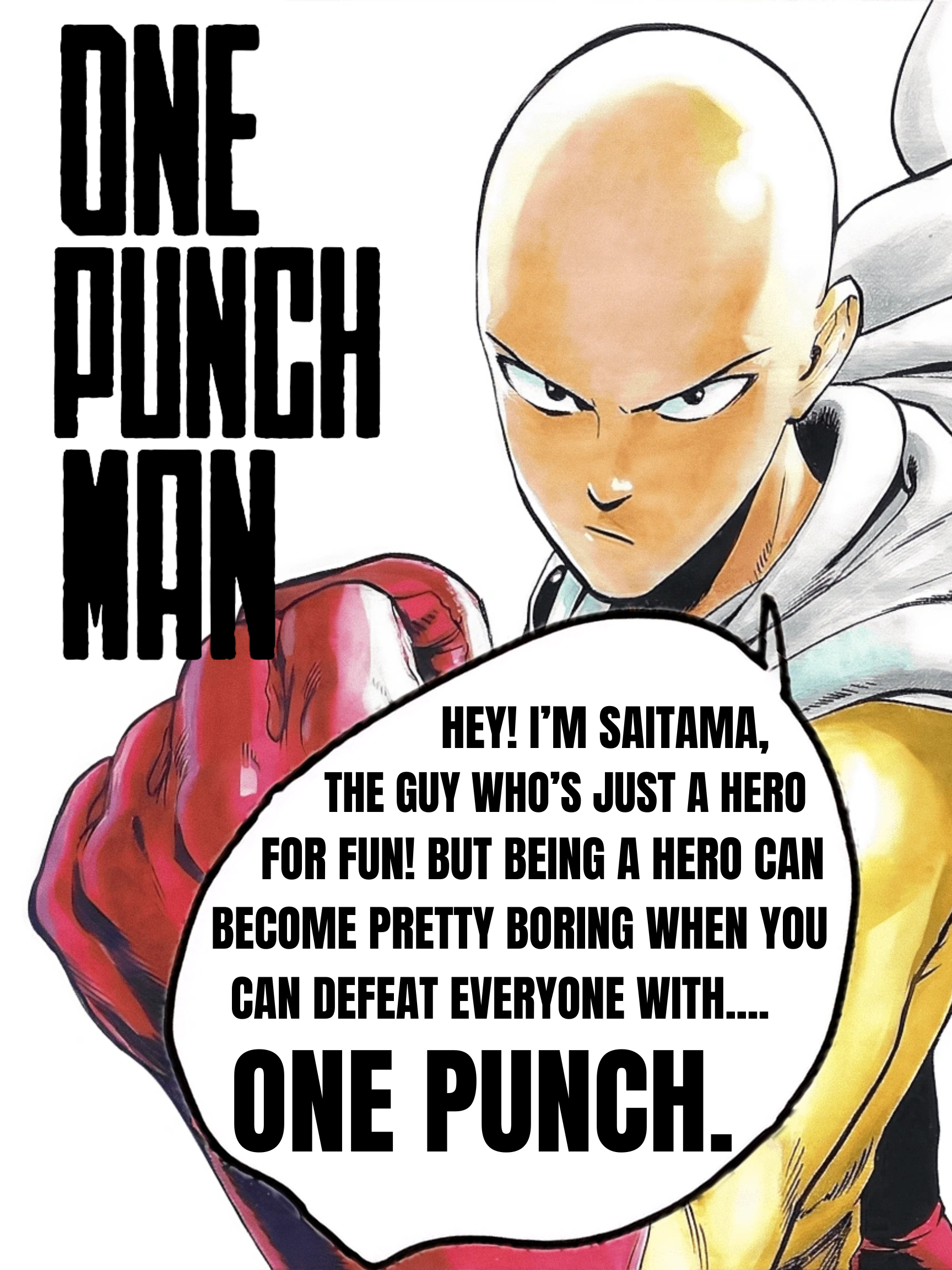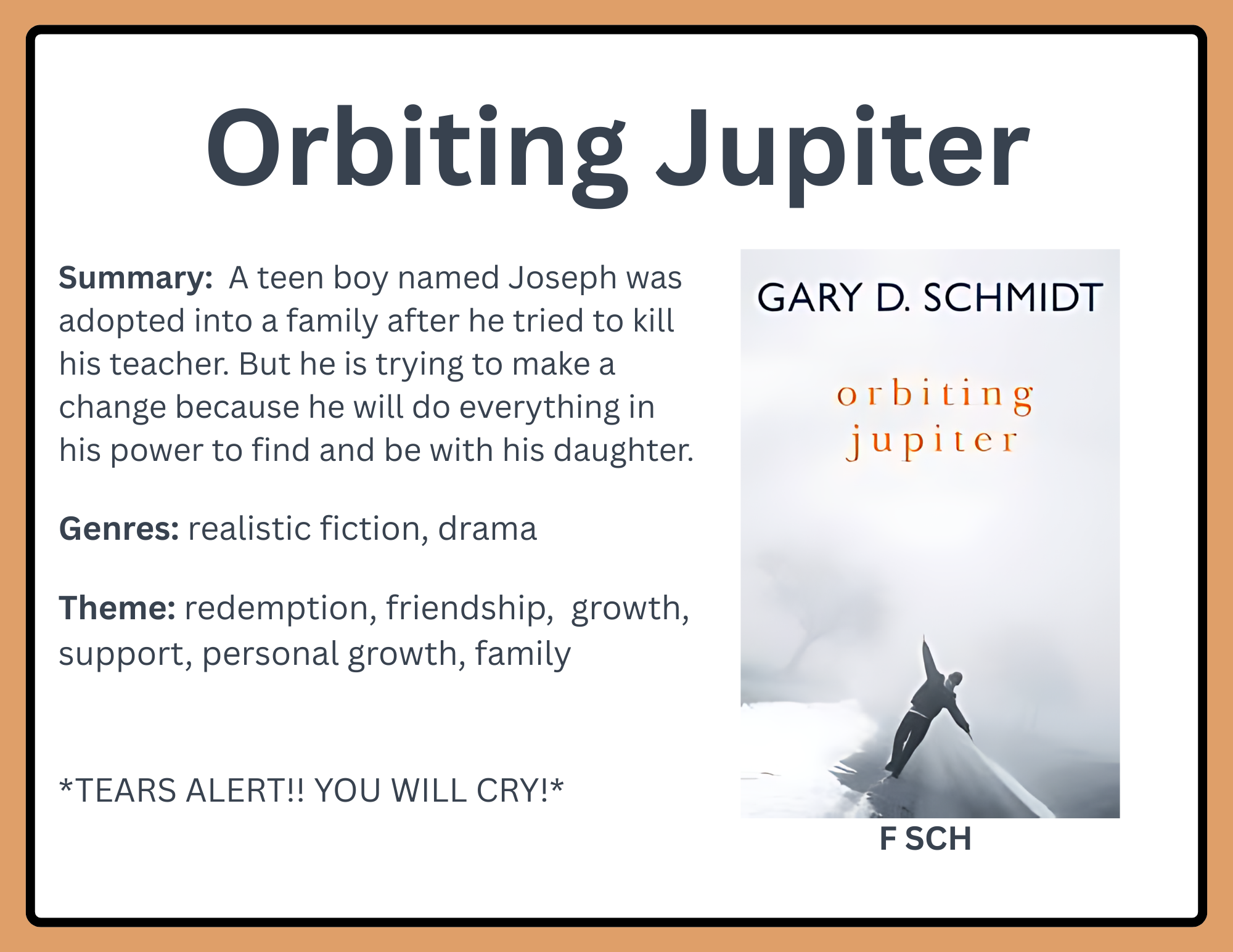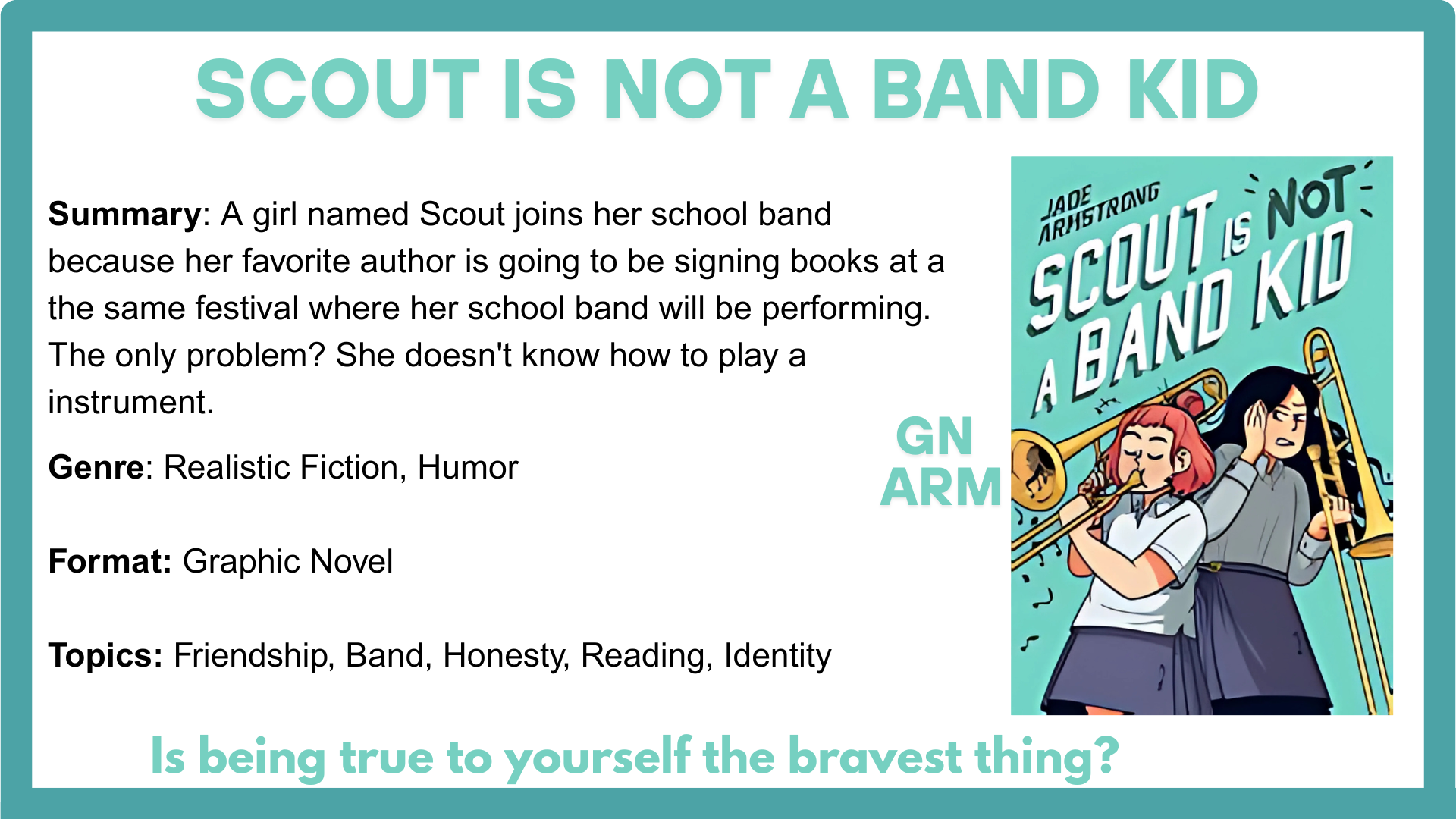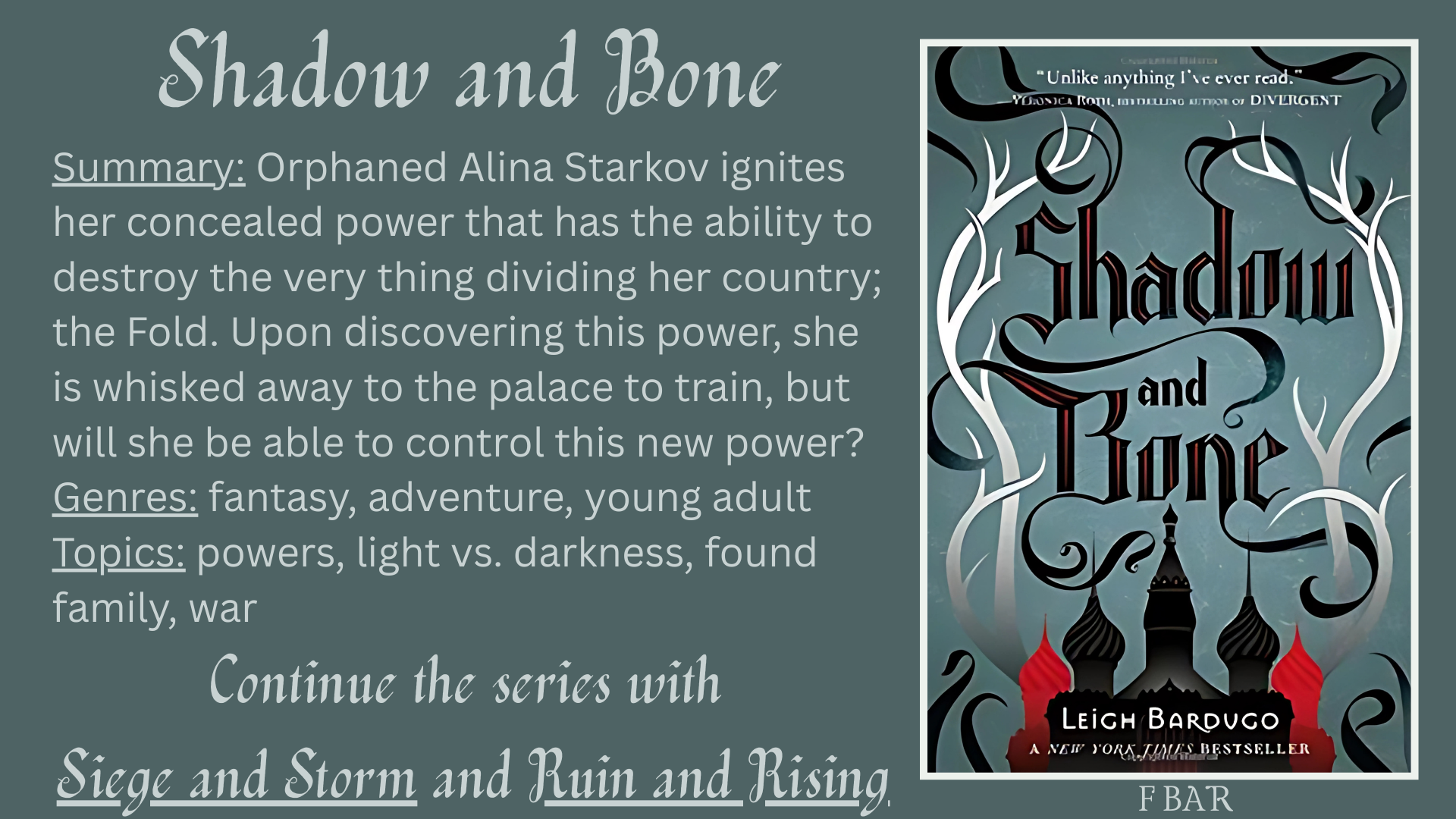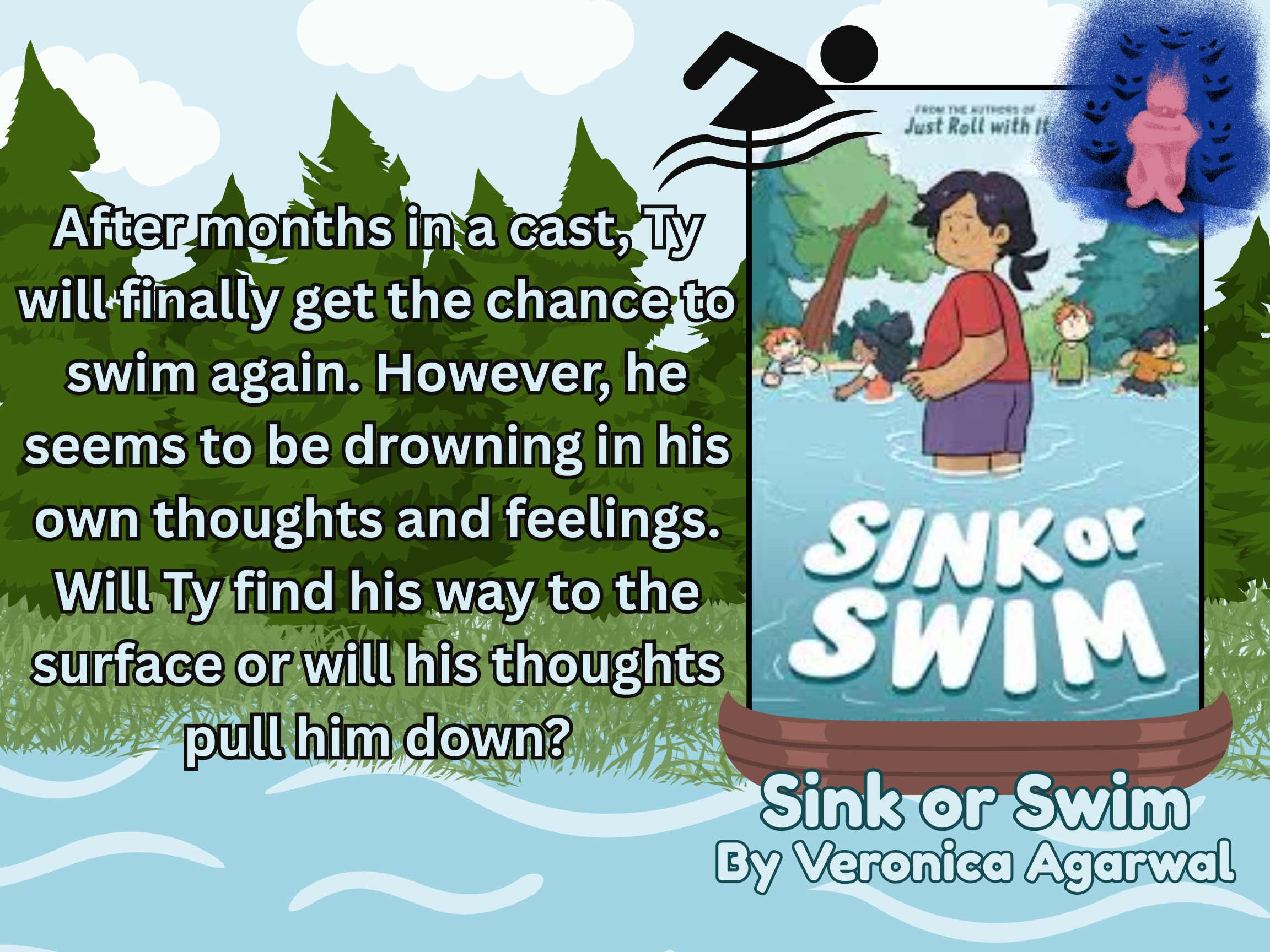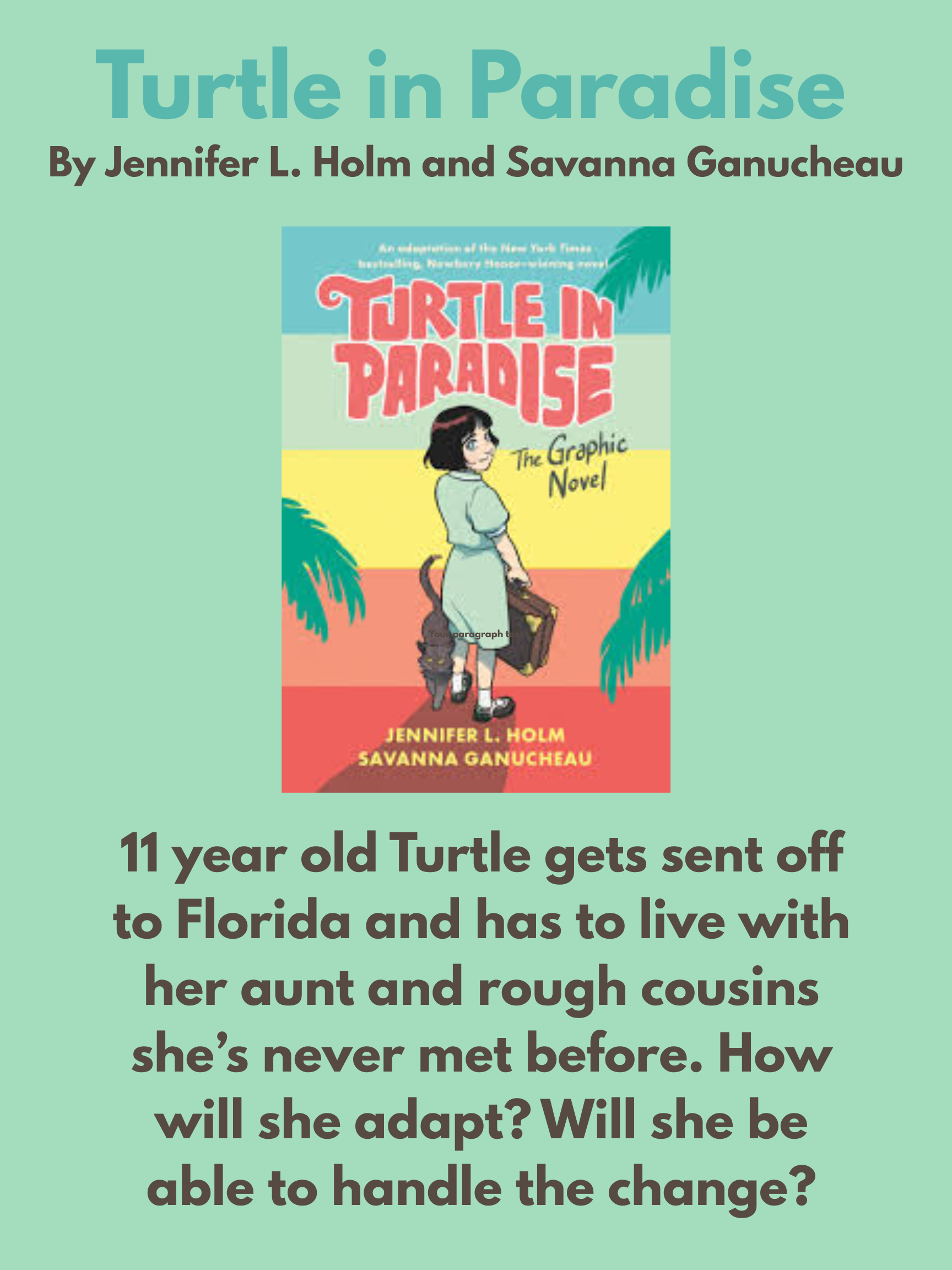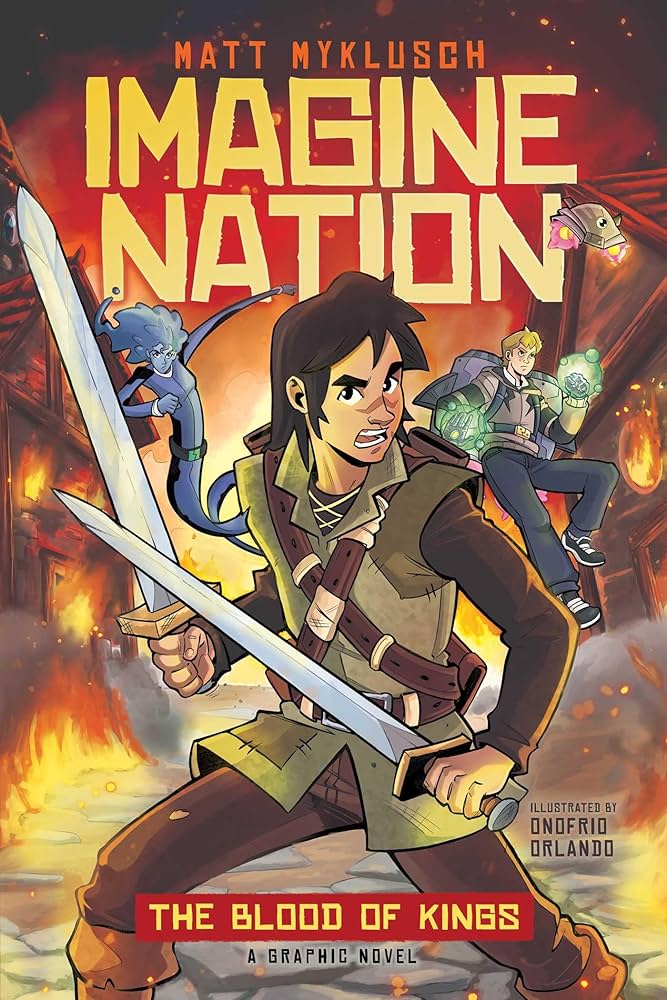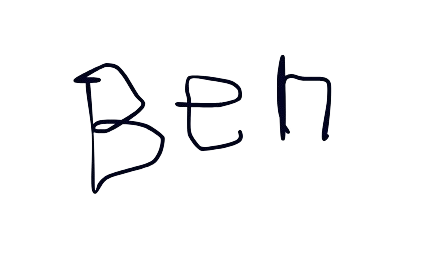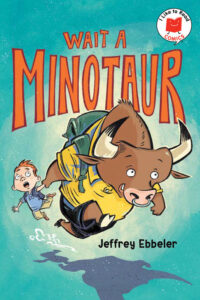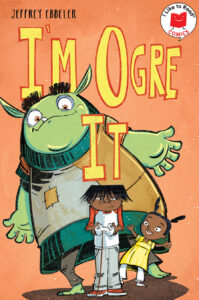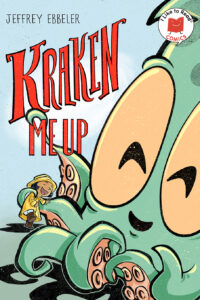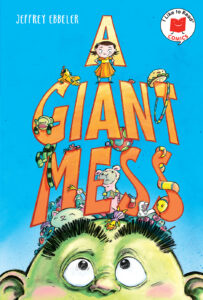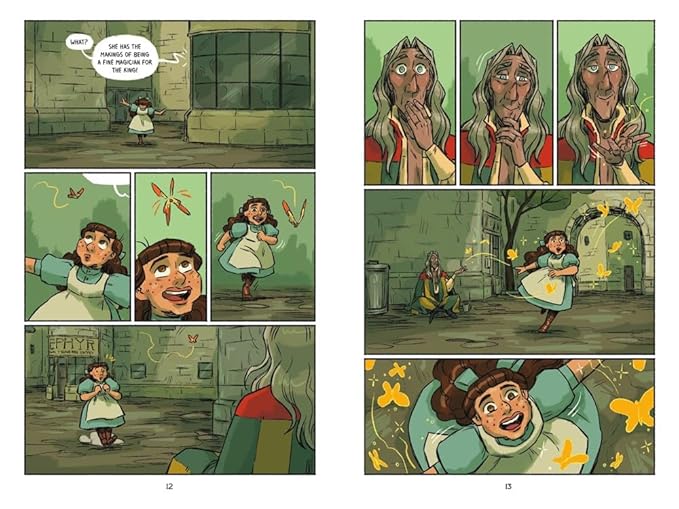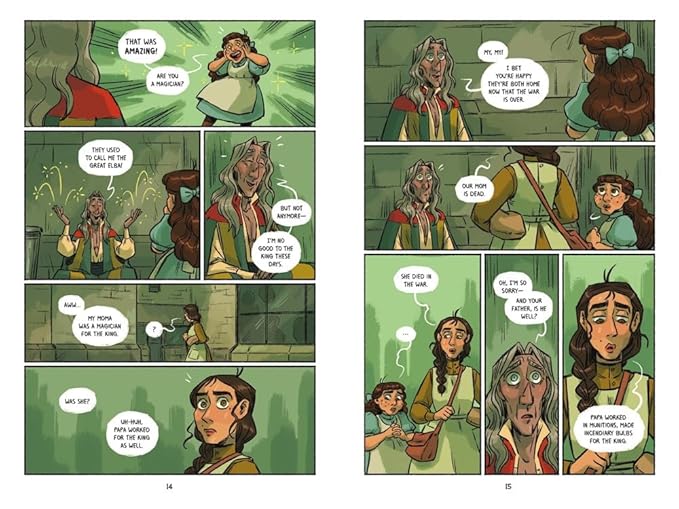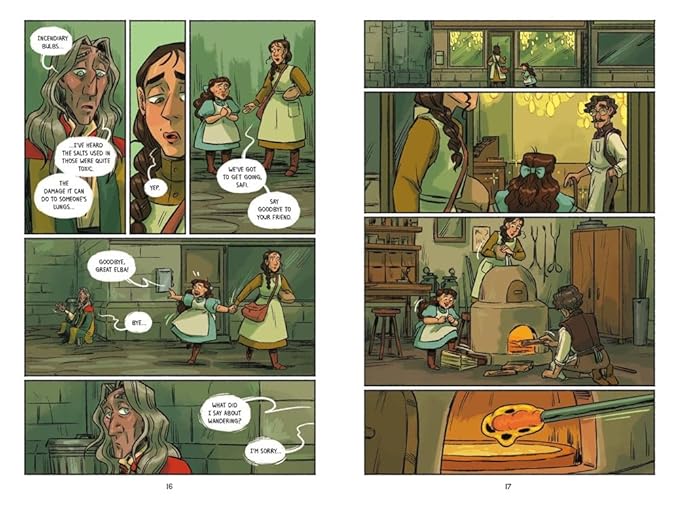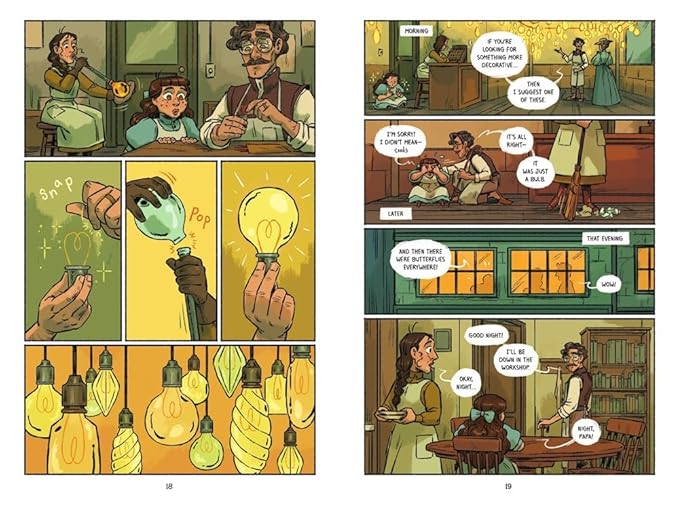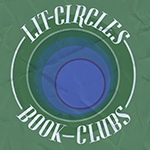Understanding Depression & Books About Mental Health
**Trigger Warning: This post has discussions of depression, mental health, and suicide though also looks at how to find help**
“Understanding Depression” by Maya D., 7th grade
men·tal health
Noun
A person’s condition with regard to their psychological and emotional well-being.
de·pres·sion
Noun
Feelings of severe despondency and dejection.
Depression is a persistent feeling of sadness, loss of interest and loss of pleasure in activities. This feeling continues for many days and heavily interferes with a person’s quality of life.
Depression can affect anyone, regardless of age, race, status and education. It’s the most common mental illness in the US. Depression can be caused by a wide variety of things like genetic, biological, environmental, and psychological factors.
According to National Institute of Mental Health symptoms include:
- Persistent sad, anxious, or “empty” mood
- Feelings of hopelessness or pessimism
- Feelings of irritability, frustration‚ or restlessness
- Feelings of guilt, worthlessness, or helplessness
- Loss of interest or pleasure in hobbies and activities
- Fatigue, lack of energy, or feeling slowed down
- Difficulty concentrating, remembering, or making decisions
- Difficulty sleeping, waking too early in the morning, or oversleeping
- Changes in appetite or unplanned weight changes
- Physical aches or pains, headaches, cramps, or digestive problems without a clear physical cause that do not go away with treatment
- Thoughts of death or suicide or suicide attempts
According to National Institute of Mental Health effects on mood include:
- Increased anger or irritability
- Feeling restless or on edge
- Becoming withdrawn, negative, or detached
- Increased engagement in high-risk activities
- Greater impulsivity
- Isolating from family and friends
- Inability to meet responsibilities or ignoring other important roles
Not everyone might experience the same symptoms, and varying amounts of symptoms in varying degrees.
Depression is different for everyone but there are main two types:
Major Depression
Loss of interest, depressed mood, lasts for around two weeks.
Persistent Depressive Disorder
Symptoms of depression are less intense and last longer for at least two years.
It’s highly recommended to talk to a health care provider if symptoms persist.
What Can I Do to Help Myself?
Generally treatment is the best option. But some things you can do to help manage according to National Institute of Mental Health are:
- Try to get physical activity. Just 30 minutes a day of walking can boost your mood.
- Try to maintain a regular bedtime and wake-up time.
- Eat regular, healthy meals.
- Do what you can as you can. Decide what must get done and what can wait.
- Connect with people. Talk to people you trust about how you are feeling.
- Delay making important life decisions until you feel better. Discuss decisions with people who know you well.
- Avoid using alcohol, nicotine, or drugs, including medications not prescribed for you.
Many things affect one’s mental health most importantly, it is from biological and psychological factors but it can also be from social factors including, but not limited to, sleep, diet, relationships, age and beliefs. Did you know the seasons of the world can have a huge sway on mental health and increase risk of depression? This phenomenon is called S.A.D. or Seasonal Affective Disorder. This type of depression is not considered clinical.
-While not as common as Winter Depression, Summertime is increasingly common for students to experience feelings of hopelessness.The heat and humidity can feel never ending and oppressive. This causes some people to isolate themselves and stay in air conditioning. This can also lead to excessive use of social media, lack of movement and may develop unhealthy eating habits.
-The isolation is well…isolation. This can lead to a lack of social interaction. Humans are social creatures and life can be a bit easier when you share a burden. Especially when school is out, people may not see their friends as often.
-A healthy body benefits the mind, your brain is a part of your body after all. Getting vitamin D and remaining active is great for boosting your mood and self-security.
During summer there’s much emphasis on people’s bodies. Stores sell thinner clothes with less coverage, swimsuits are marketed very often. All this focus on looks inevitably leads to insecurity. -The lack of social affirmations can worsen insecurity.
-When you’re in school you establish a routine. Then suddenly schools out. The grounding security of a routine is disrupted. For many this can be the trigger of a depressive episode. Not having something to wake up for everyday can be unmotivating.
-Summer is a great time to host events, attend festivals and go shopping for the new summer items. Your time in this season may not be as enjoyable when you miss out on activities because your wallet cant afford it. This leads to increased feelings of FOMO and may also contribute to not being able to hangout with those you value.
Tips to Combat Summertime Sadness
Remember it’s okay to struggle. We’re all human and go through things. Take small steps if you have to. Nothing will change unless you at least try.
- Make efforts to stay social, call up that friend you haven’t seen in a while, go out with your family, join a club.
- Spend time outside. Take a walk, bring a hat or sunscreen maybe. Go for a jog. Head to the park. Read outside. Play sports.
- Take care of your body. Eat at least one fruit a day. Snack on a salad. STAY HYDRATED!!! Maintain your hygiene.
- Establish a routine and give yourself something to look forward to.
Be patient with yourself, it’s easier said than done.
“Books About Mental Health” by Tatiana S., 8th grade
Most times when people think of children and teens, they’ll think about an always happy, energetic, loud group of people. This isn’t always the case, however. As our young group gets older, they experience new challenges that may be hard to overcome. This can cause anxiety, eating disorders, and sometimes, even depression. There are many books out there that talk about this, but some of them don’t put it into the perspective of a child. I’ve read these 3 amazing books that have taught me what it’s like for someone around my age to experience these mental health issues. I hope you try them out and learn something new!
Delicates by Brenna Thummler
This book was extremely good at displaying what it’s like to be an outsider. Unlike the 1st book, Sheets, where we follow the main protagonist, Marjorie Glatt, we now follow a character who was just hiding in the shadows. Eliza Duncan is odd. She has no friends, was held back a grade, and likes to photograph potential ghosts. She’s the perfect target for bullies. The bullying really messed with her mental health. She fell into depression, barely ever wanting to leave her room, not interacting with her family. It even got to the point where she didn’t want to do what she loves most. It didn’t get better, either. She had thoughts of self-harm. To see an adolescent go through all of this was truly heartbreaking, but also eye-opening. It allowed me to see what bullying does to someone and see how these mental illnesses affect someone’s day to day life.
Just Roll with It by Veronica Agarwal
This book was great. We follow a young Maggie, who’s starting middle school. When I first read the book, I was confused. I didn’t understand why she continuously needed to roll a dice to determine her next move or why she had to flip a lightswitch a specific number of times. As the book continued, I saw that she had OCD and anxiety. However, Maggie didn’t. Her family guided her down the right path to therapy and she was able to learn about what she was dealing with. It was interesting to see how she learned more about herself and these illnesses and how she persevered through them. To have a supportive family or group of people like that is such a good thing to have when struggling with something like that.
Sink or Swim by Veronica Agarwal
This is the 2nd book to Just Roll with It and I truly loved this one. Instead of Maggie, we follow Ty, a swimmer who recently recovered from an arm injury. It was clear to see from the beginning that Ty was struggling with anxiety. The book was great at displaying this. It was as if Ty was fighting with himself or drowning in water. Because of his anxiety, he struggled to do what he loved most: swim. His friends helped him, however, and he got his spark back. I’m closest in age with Ty as he’s in 7th grade and seeing what anxiety was like for him was very relatable.
Thank you so much to my student voices today and their look at mental health and books that may help those struggling!





